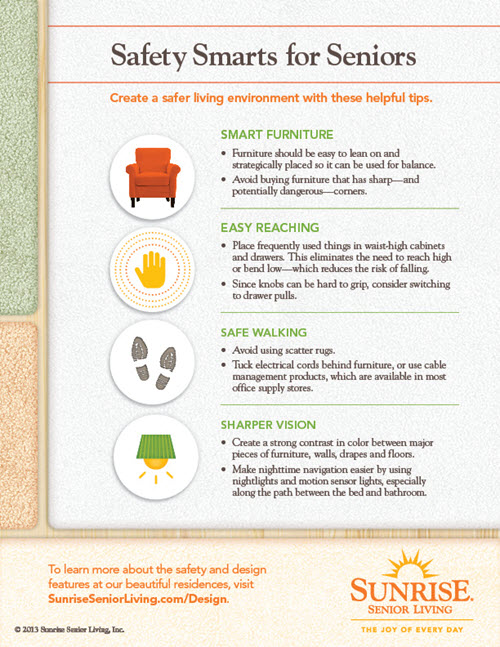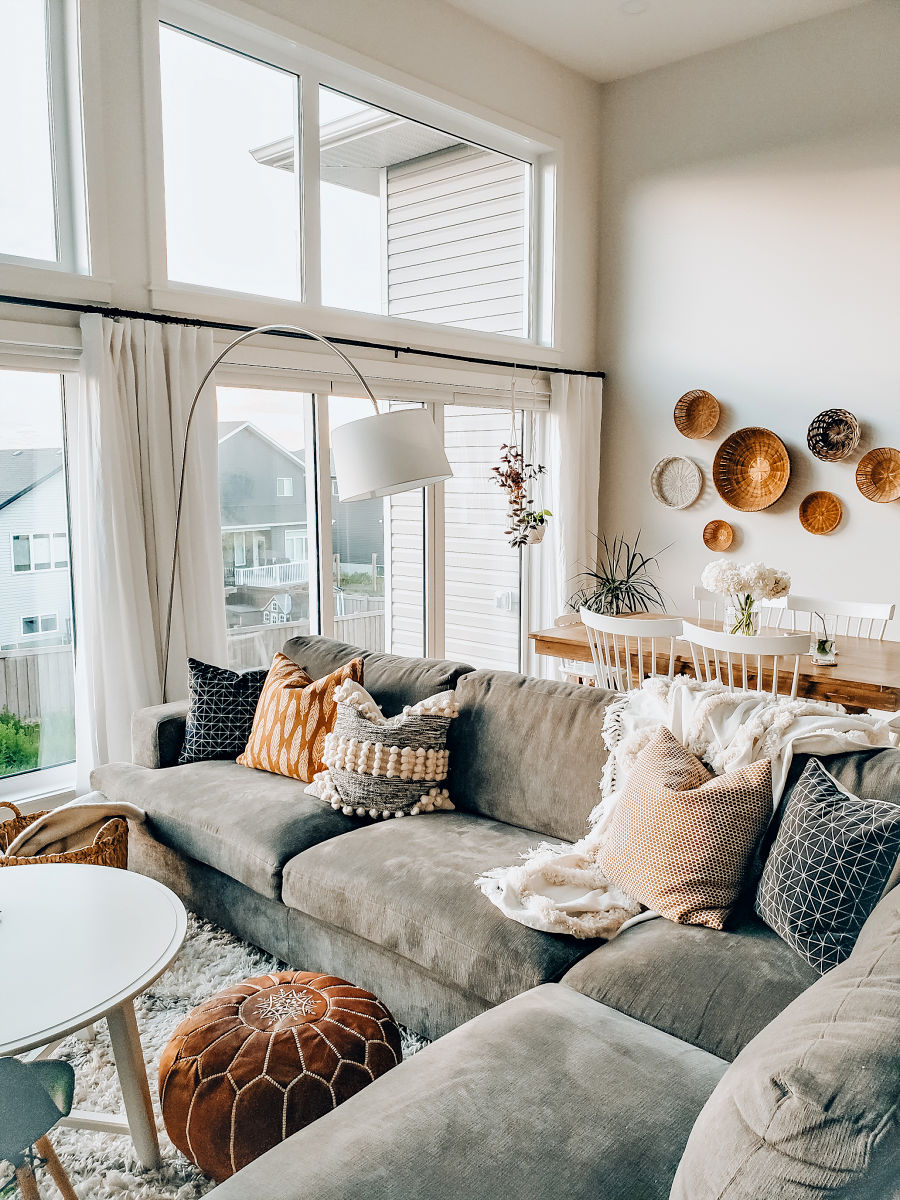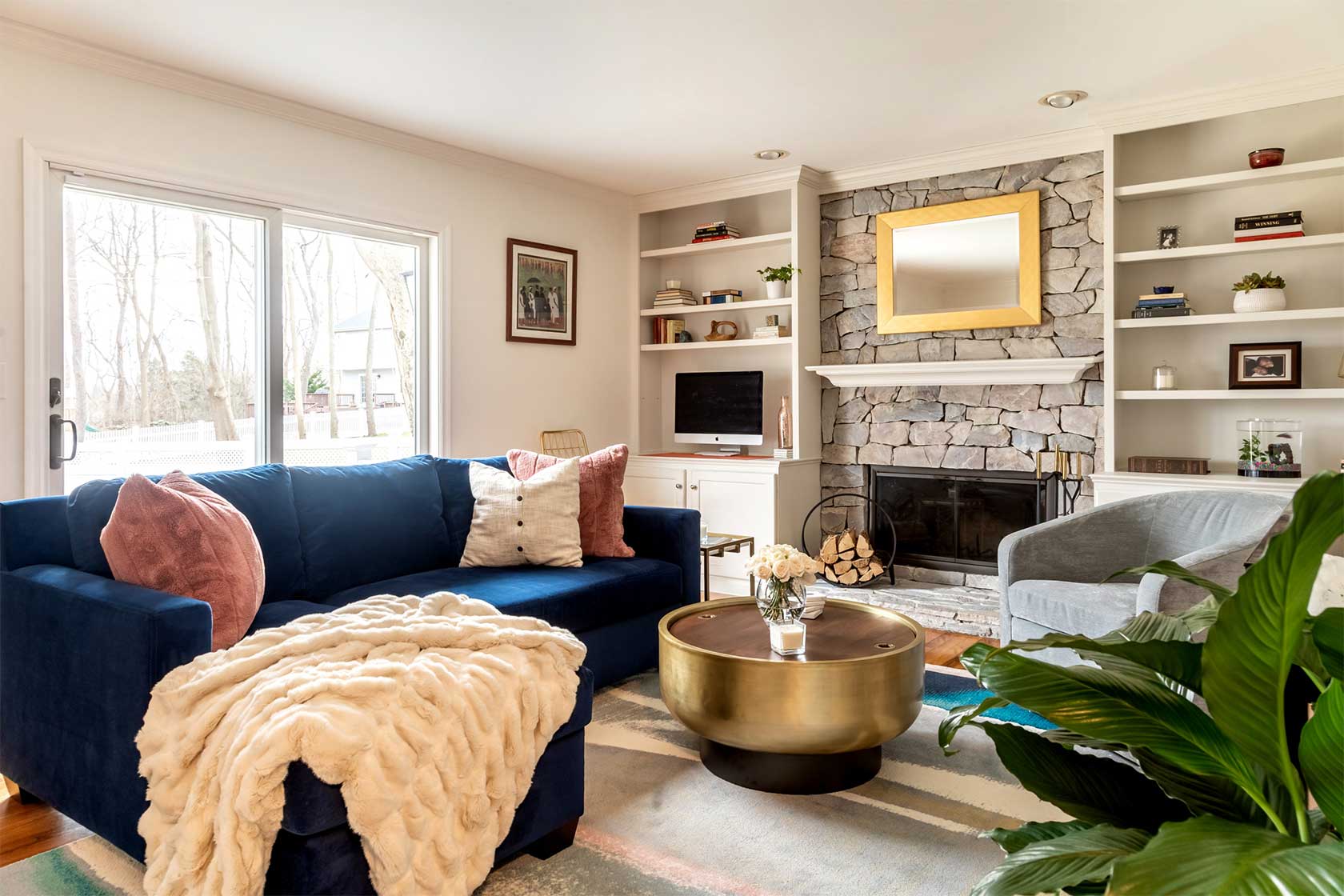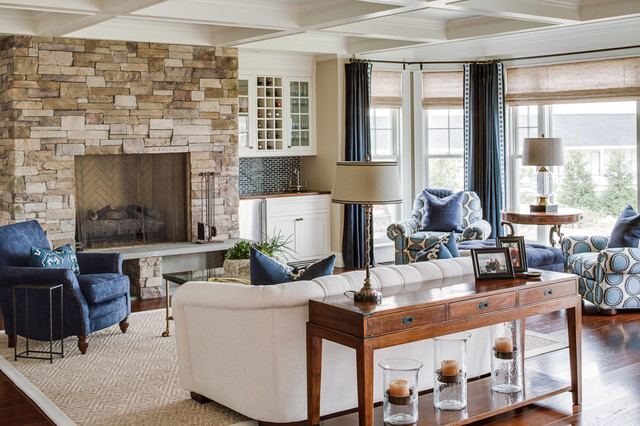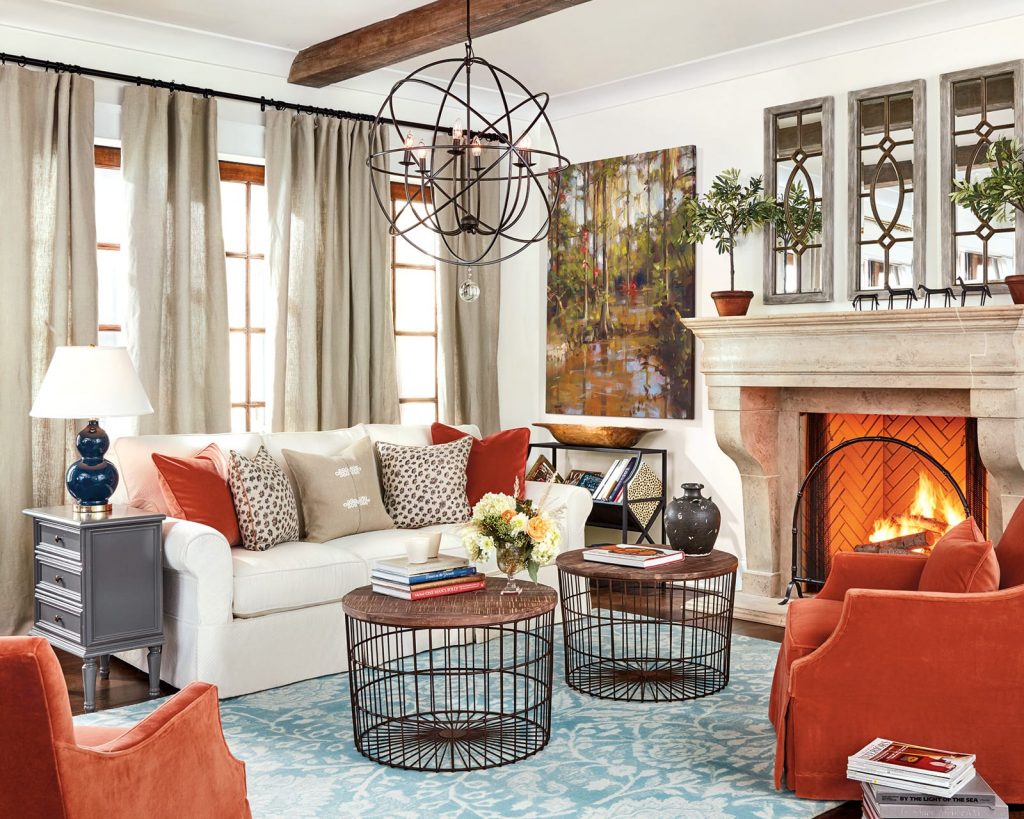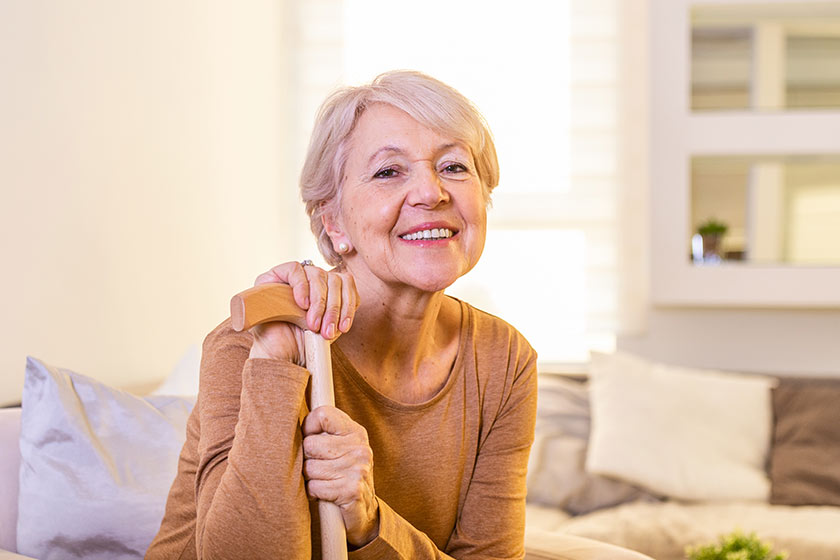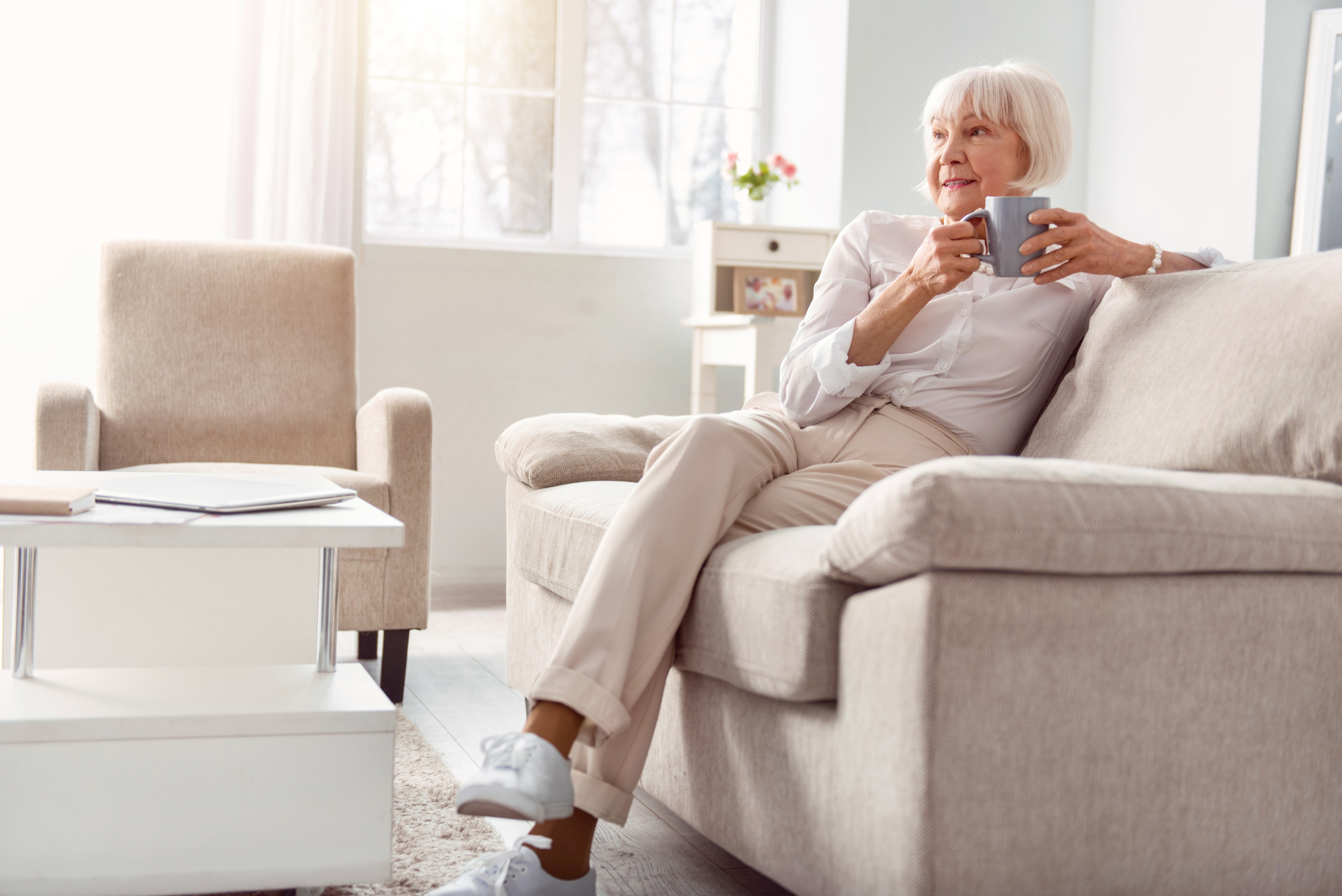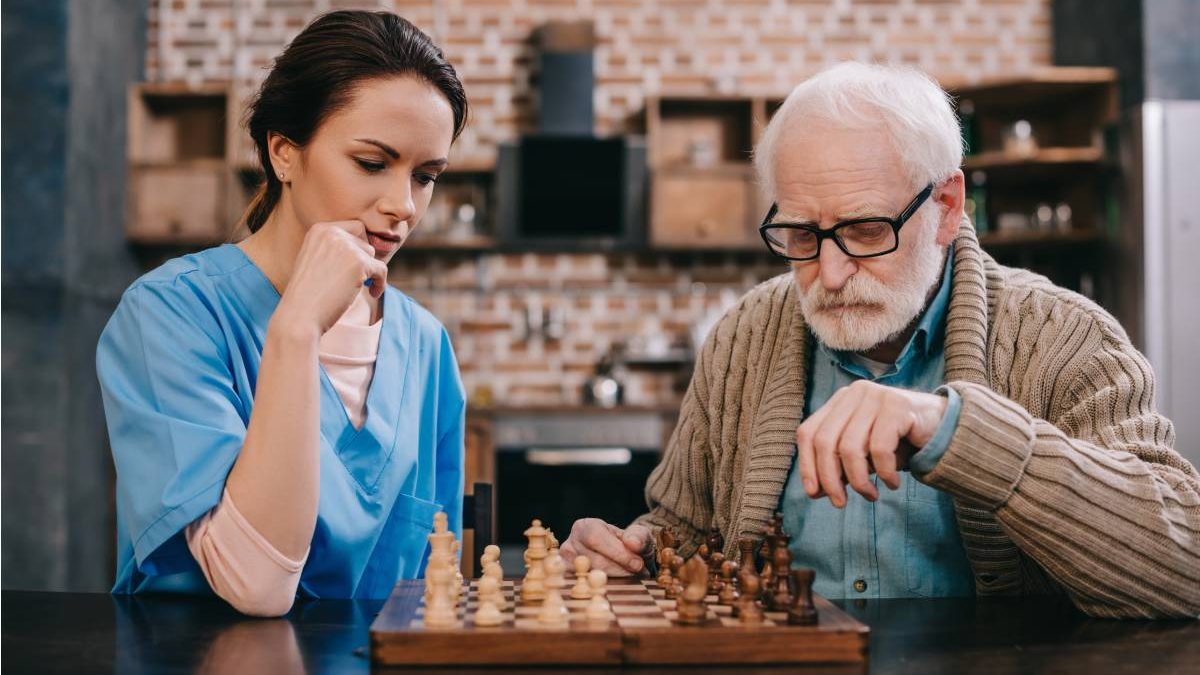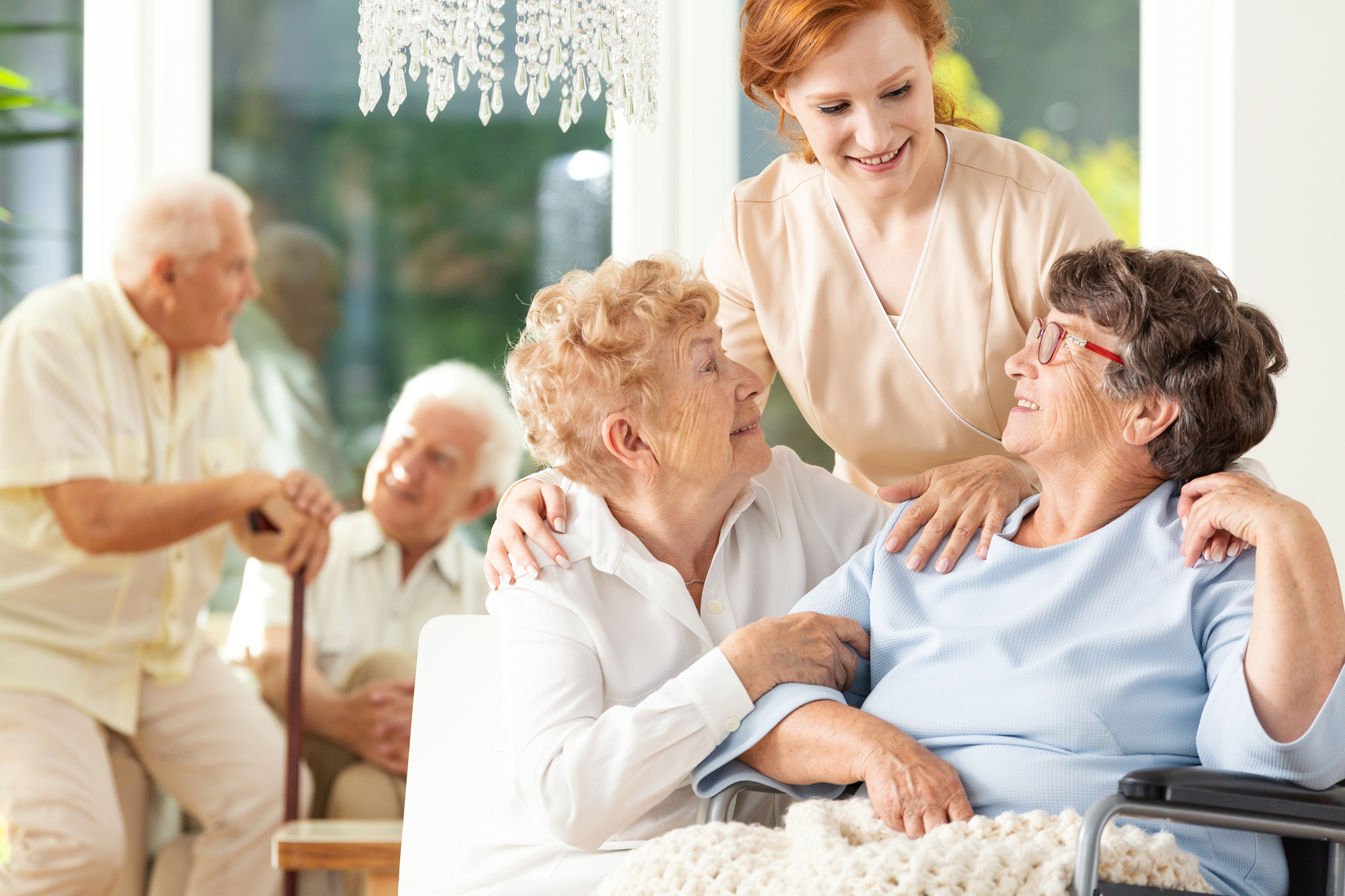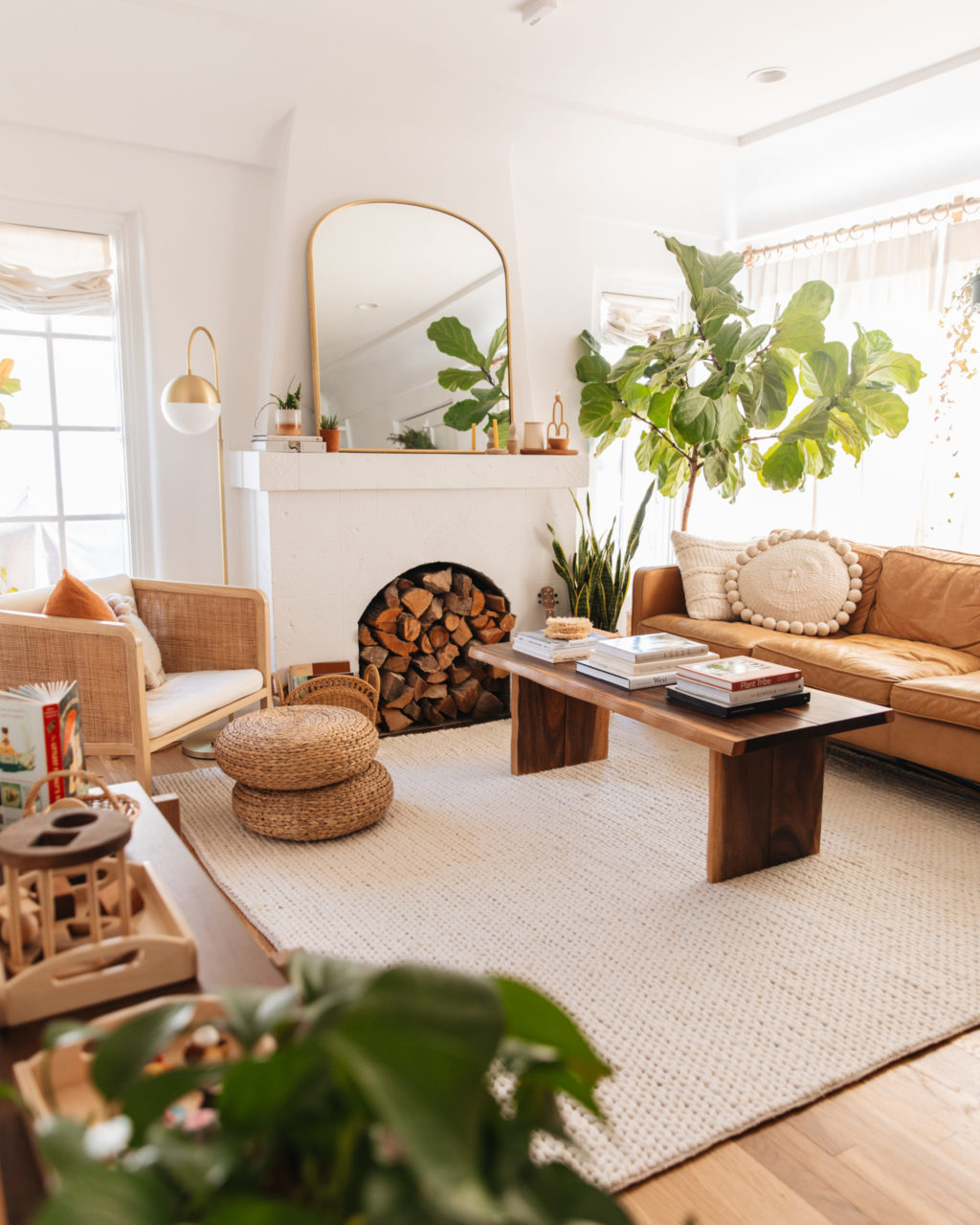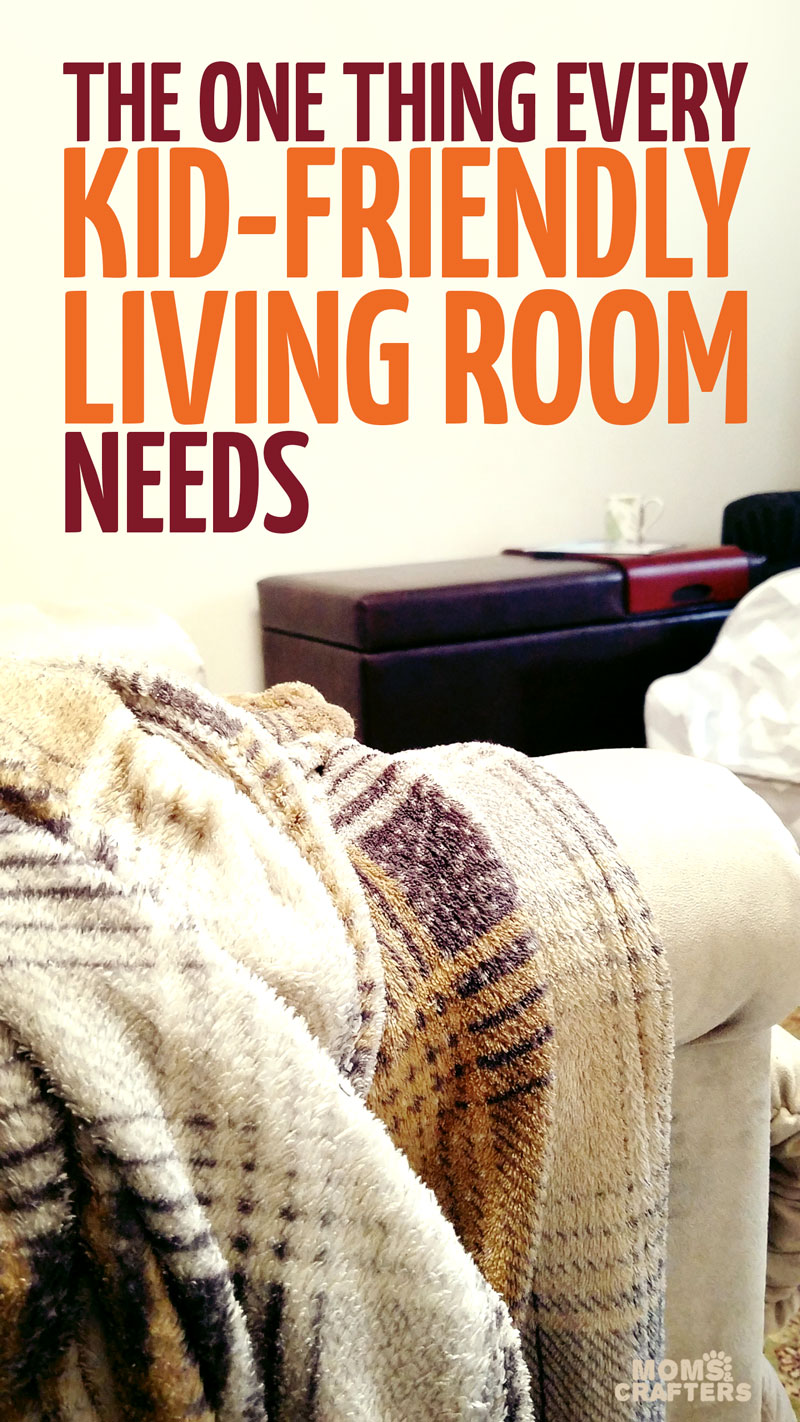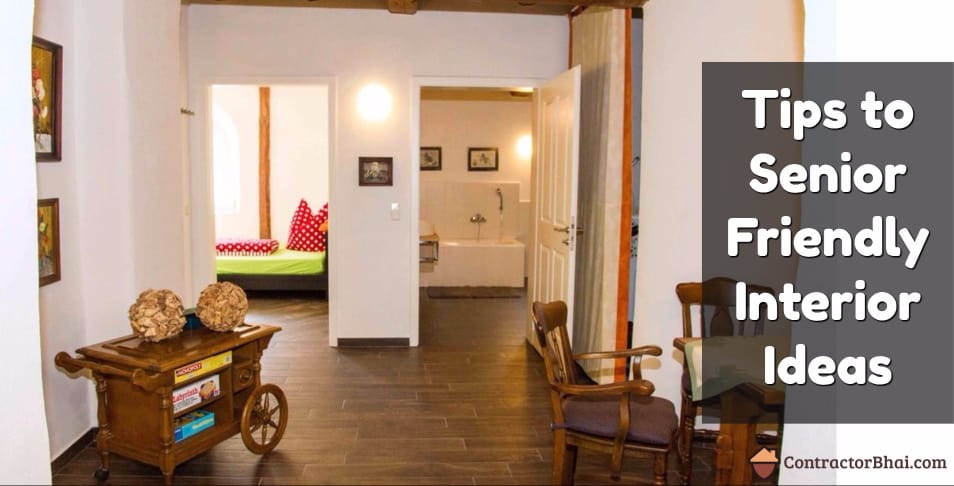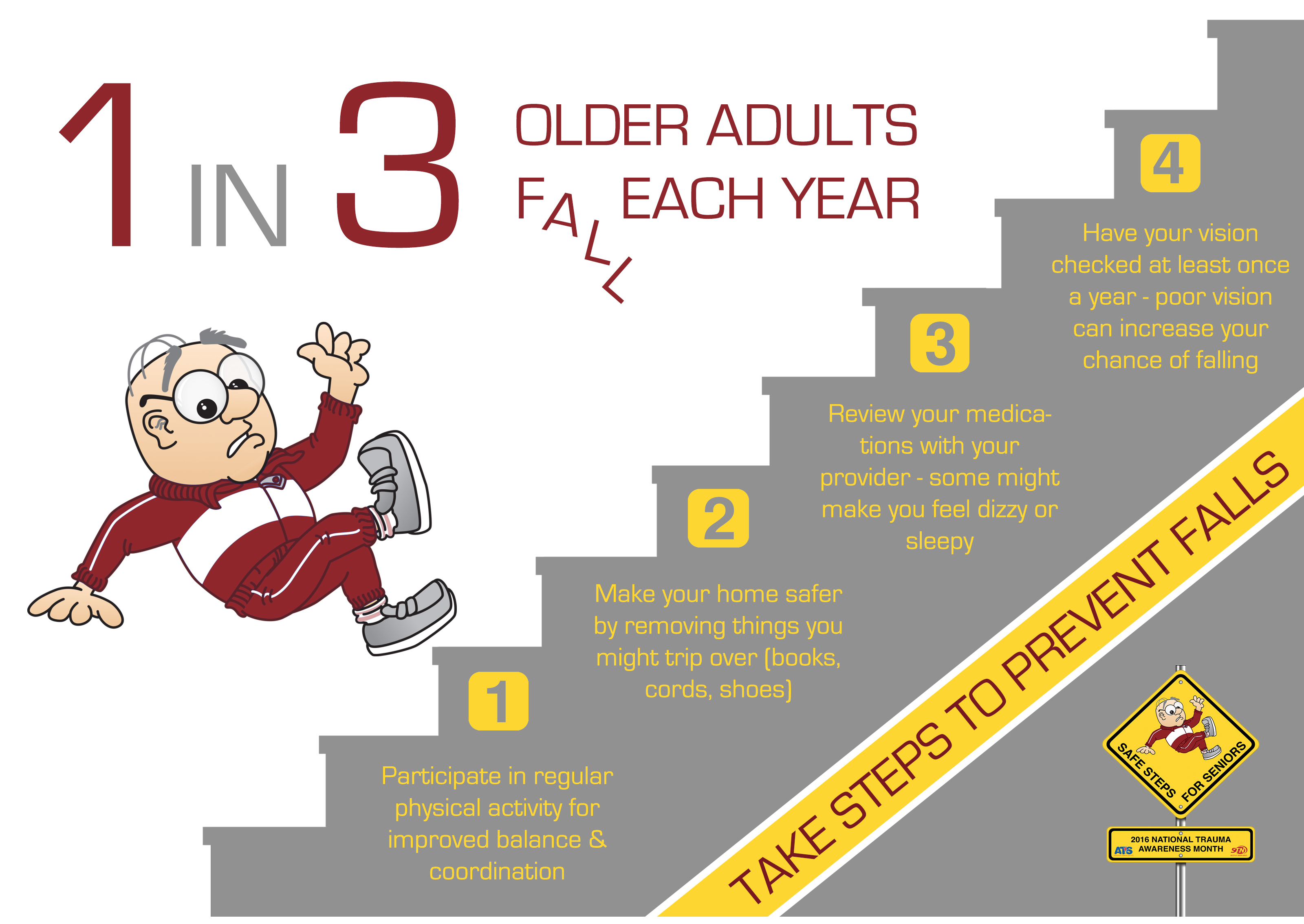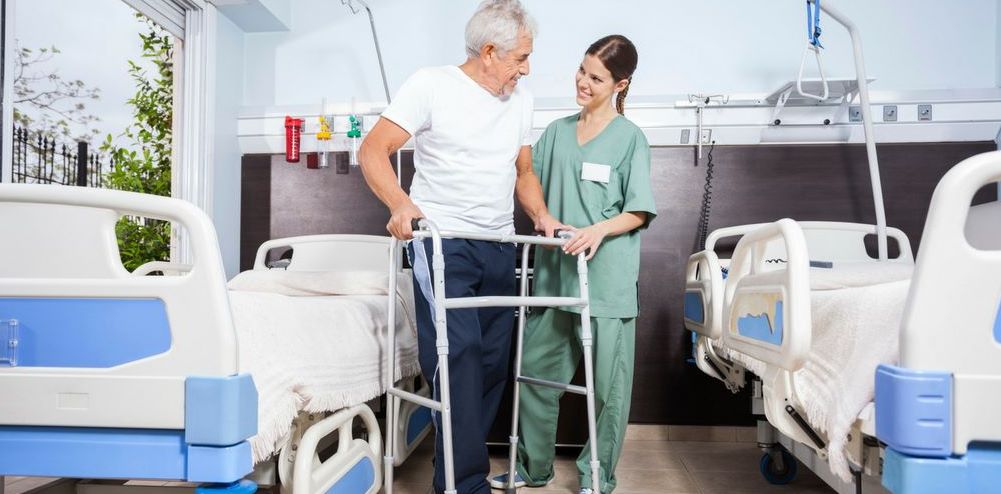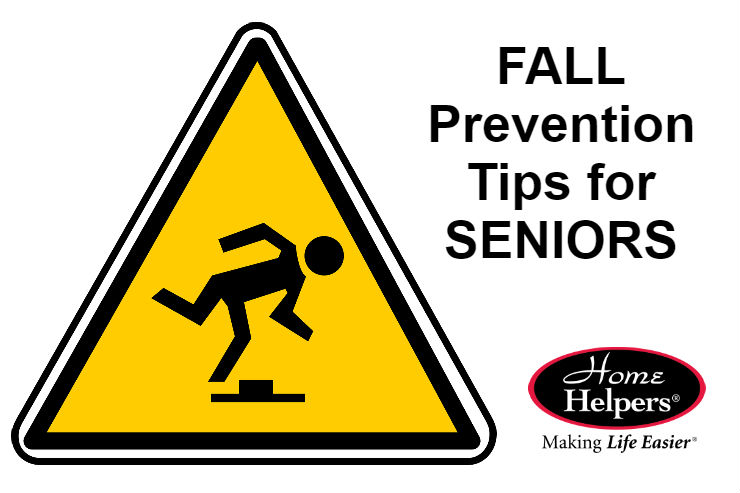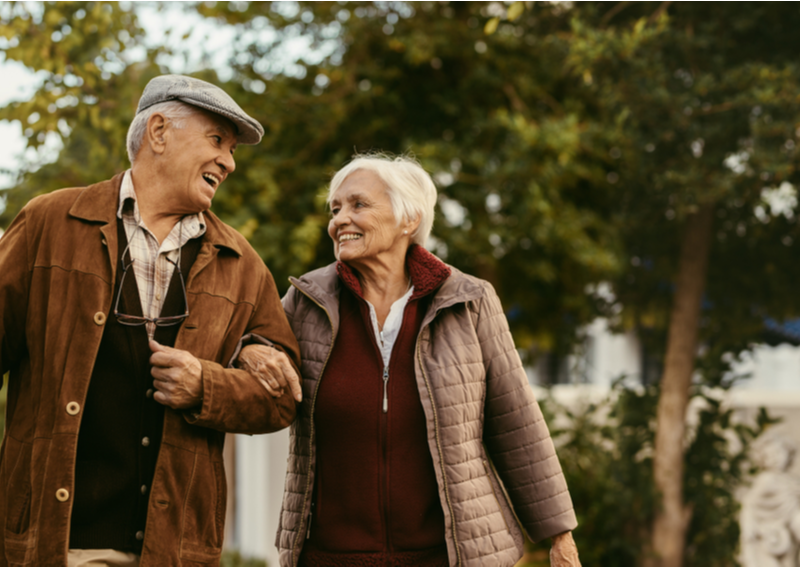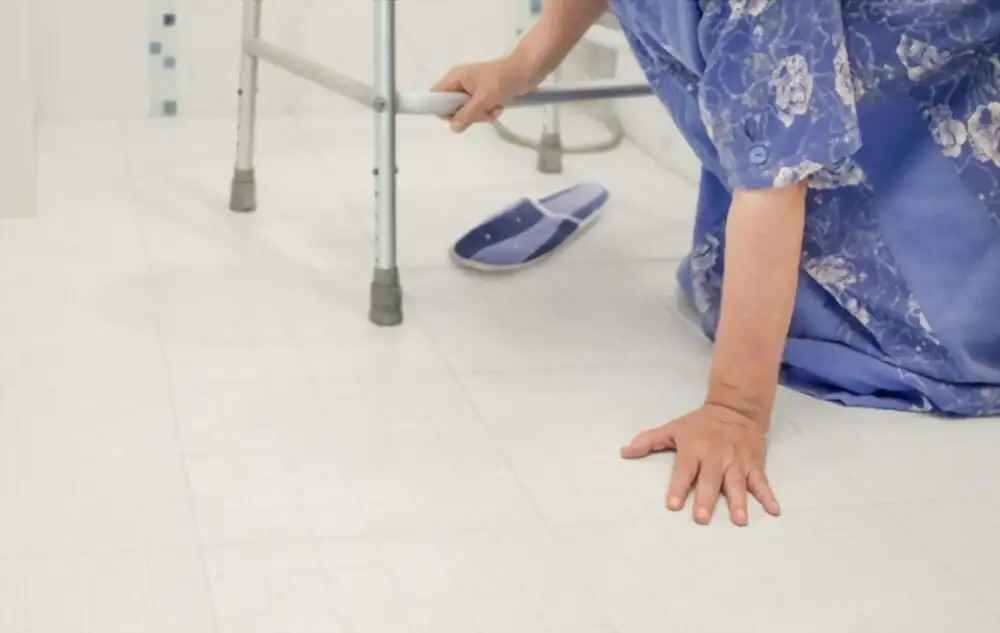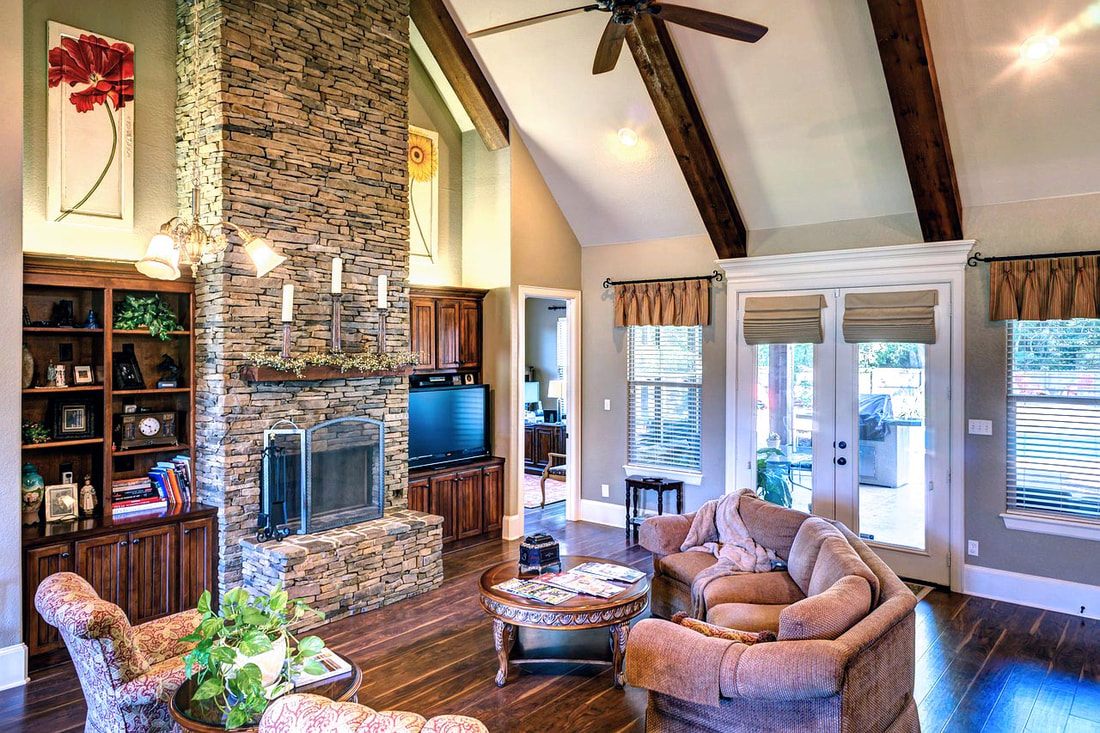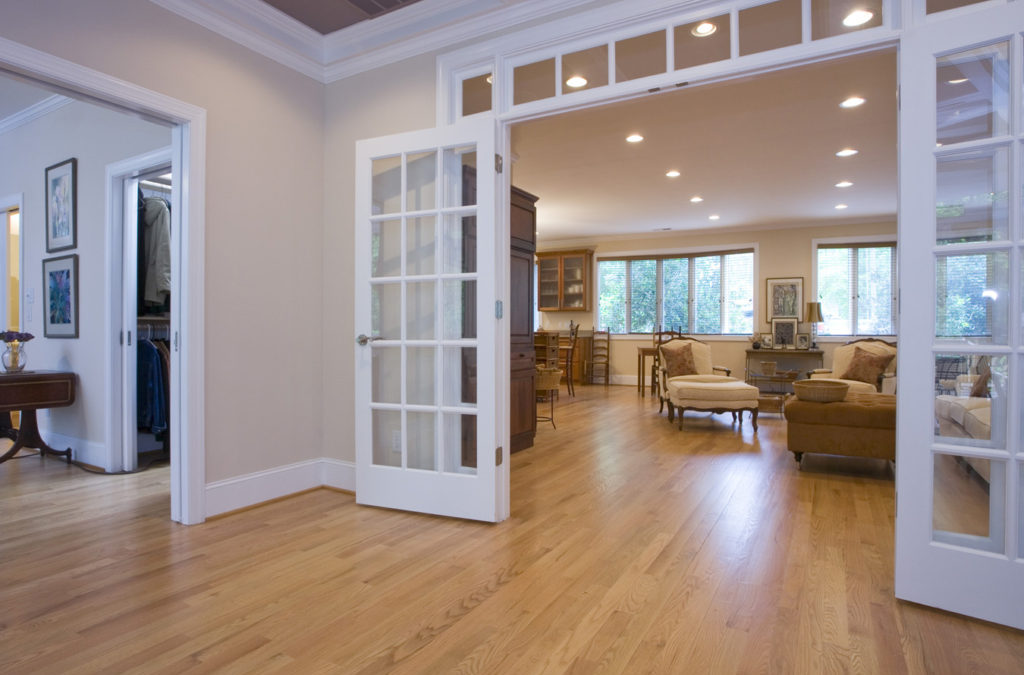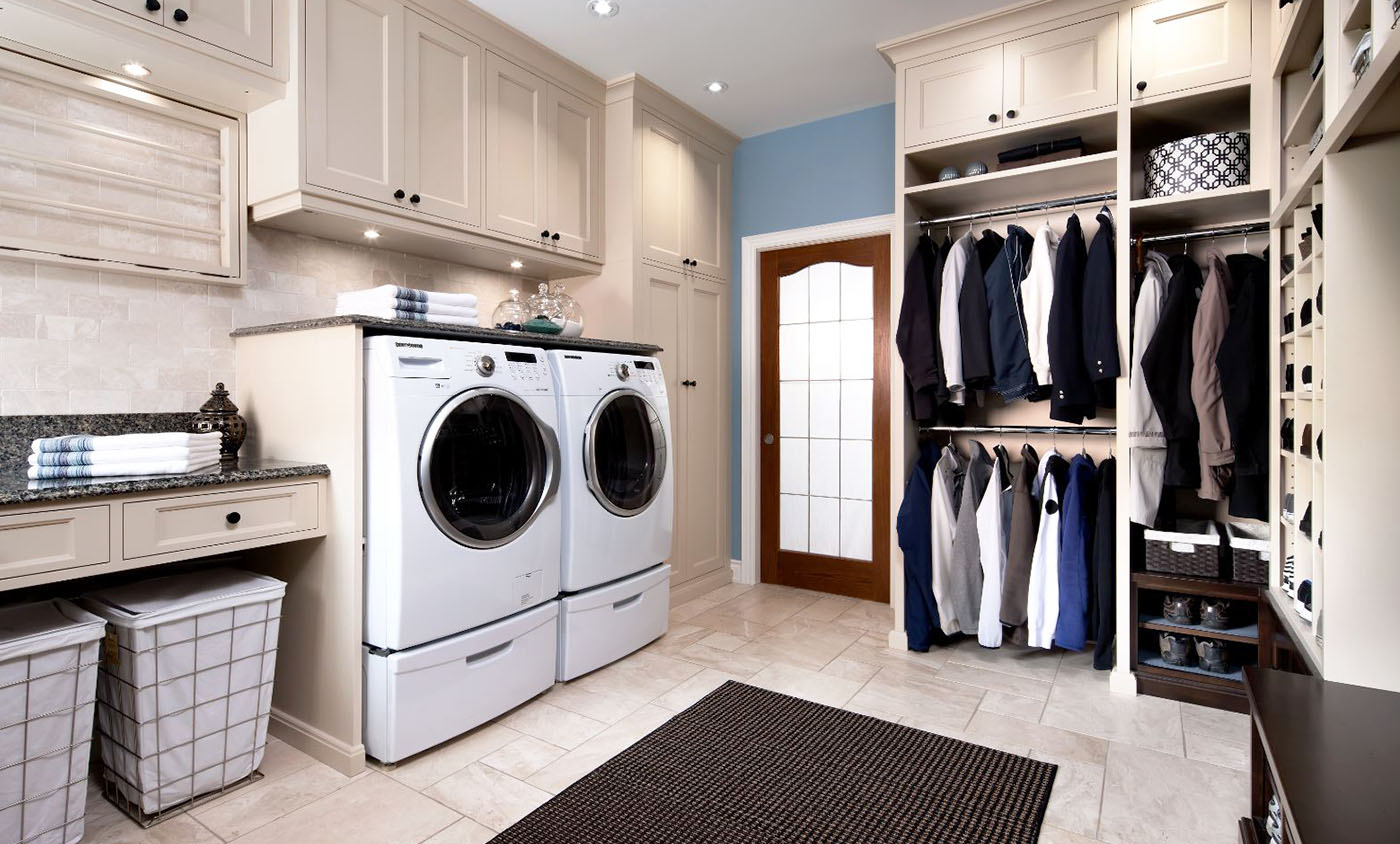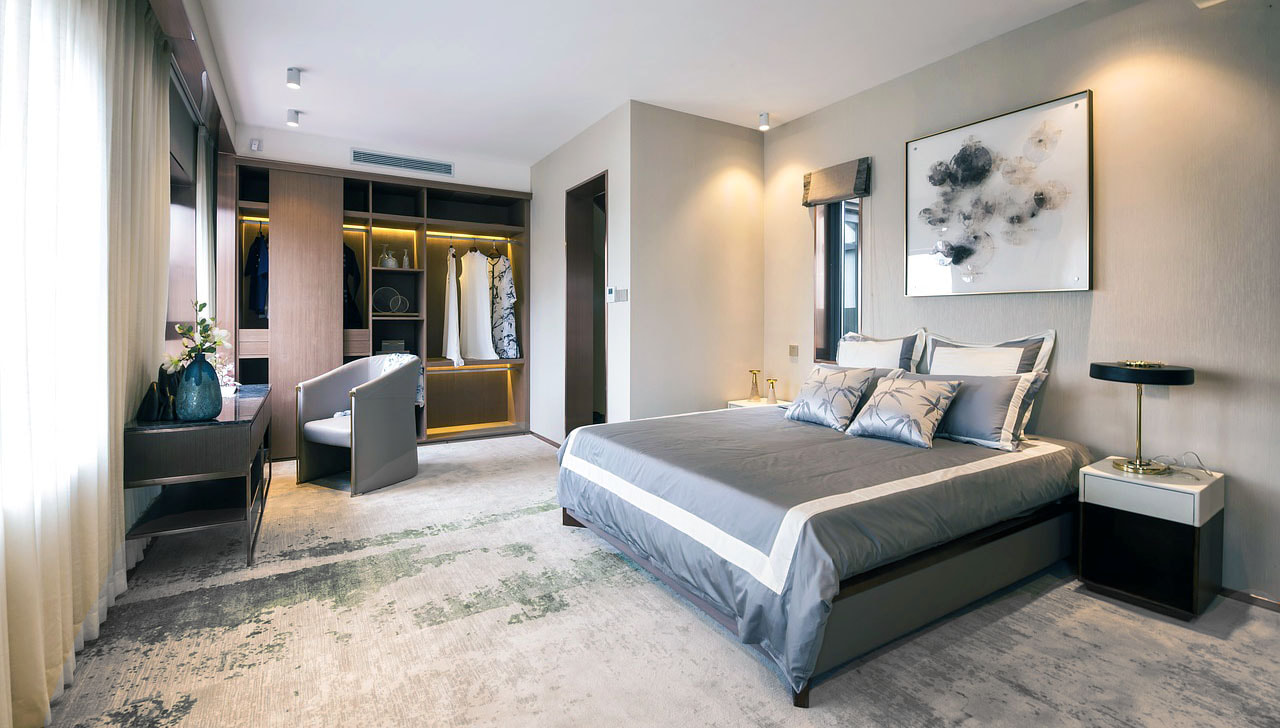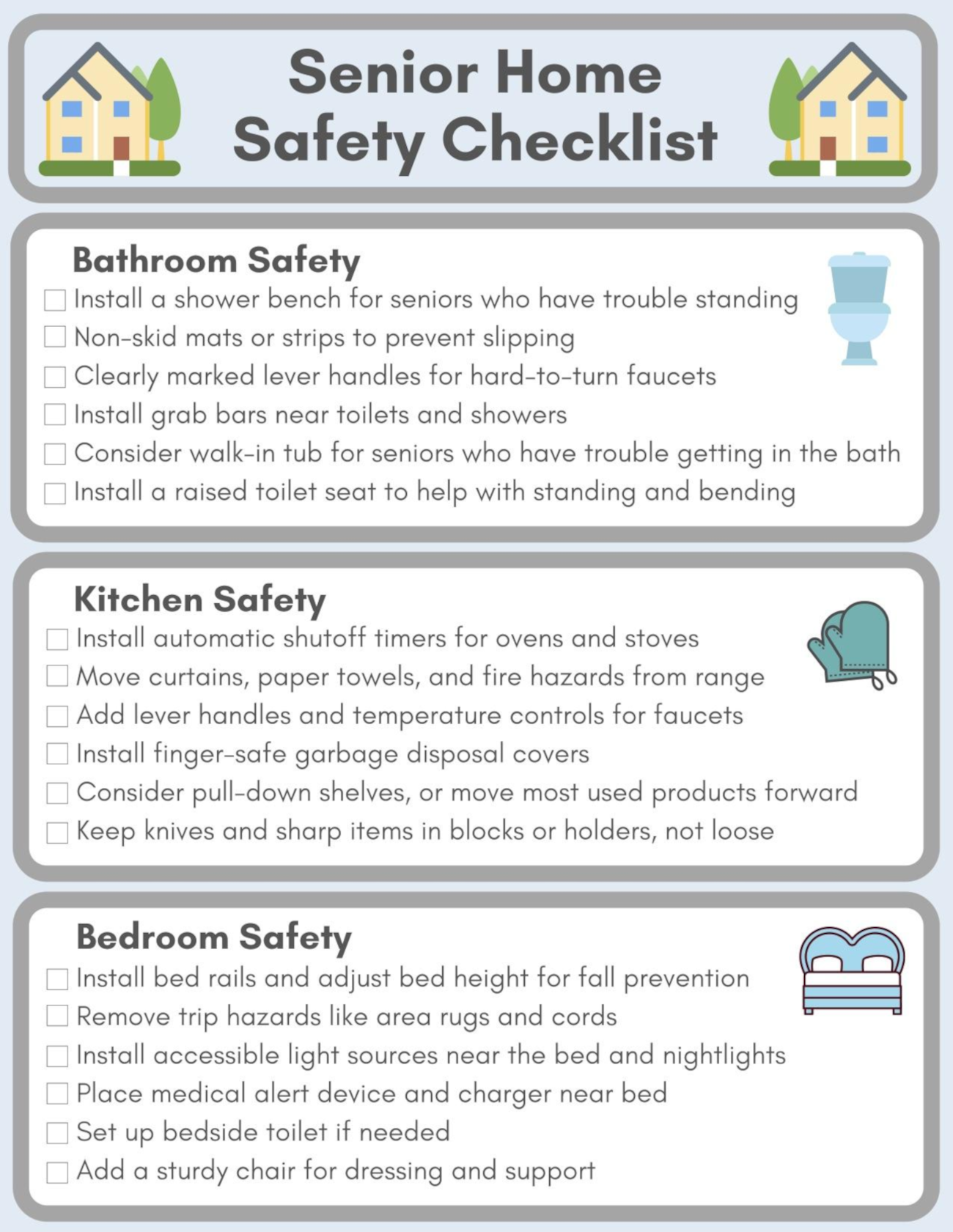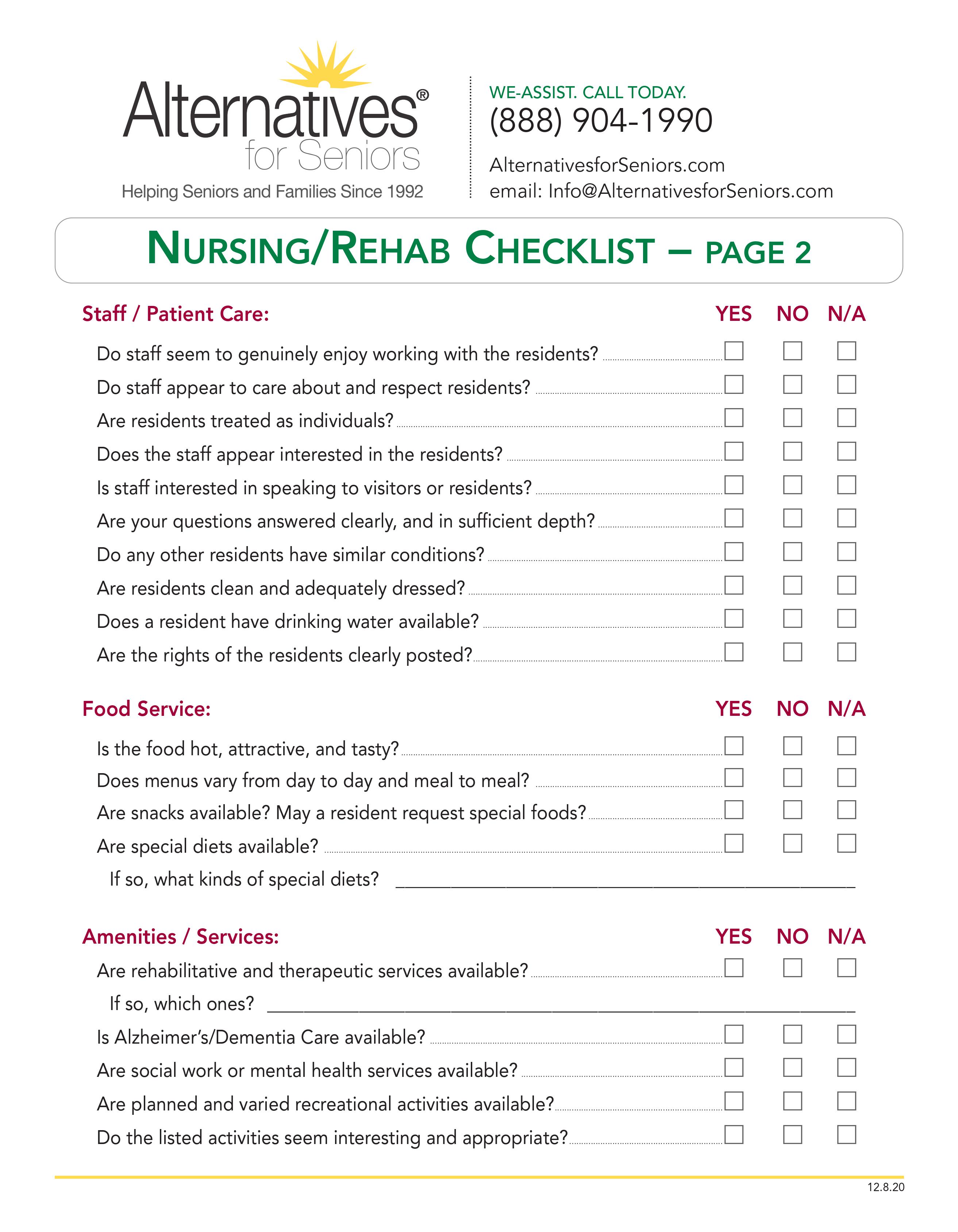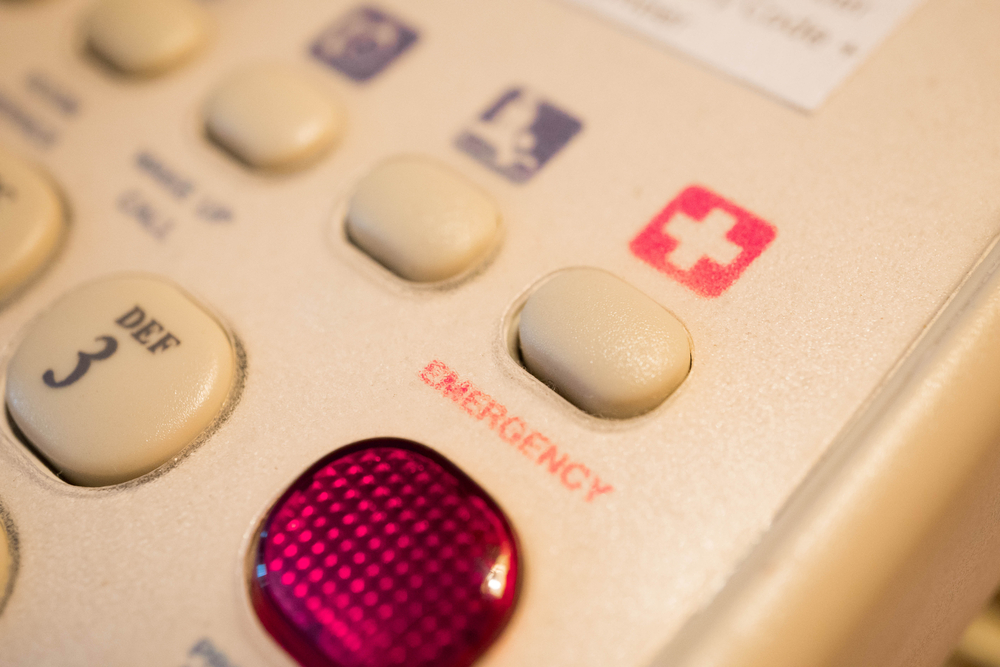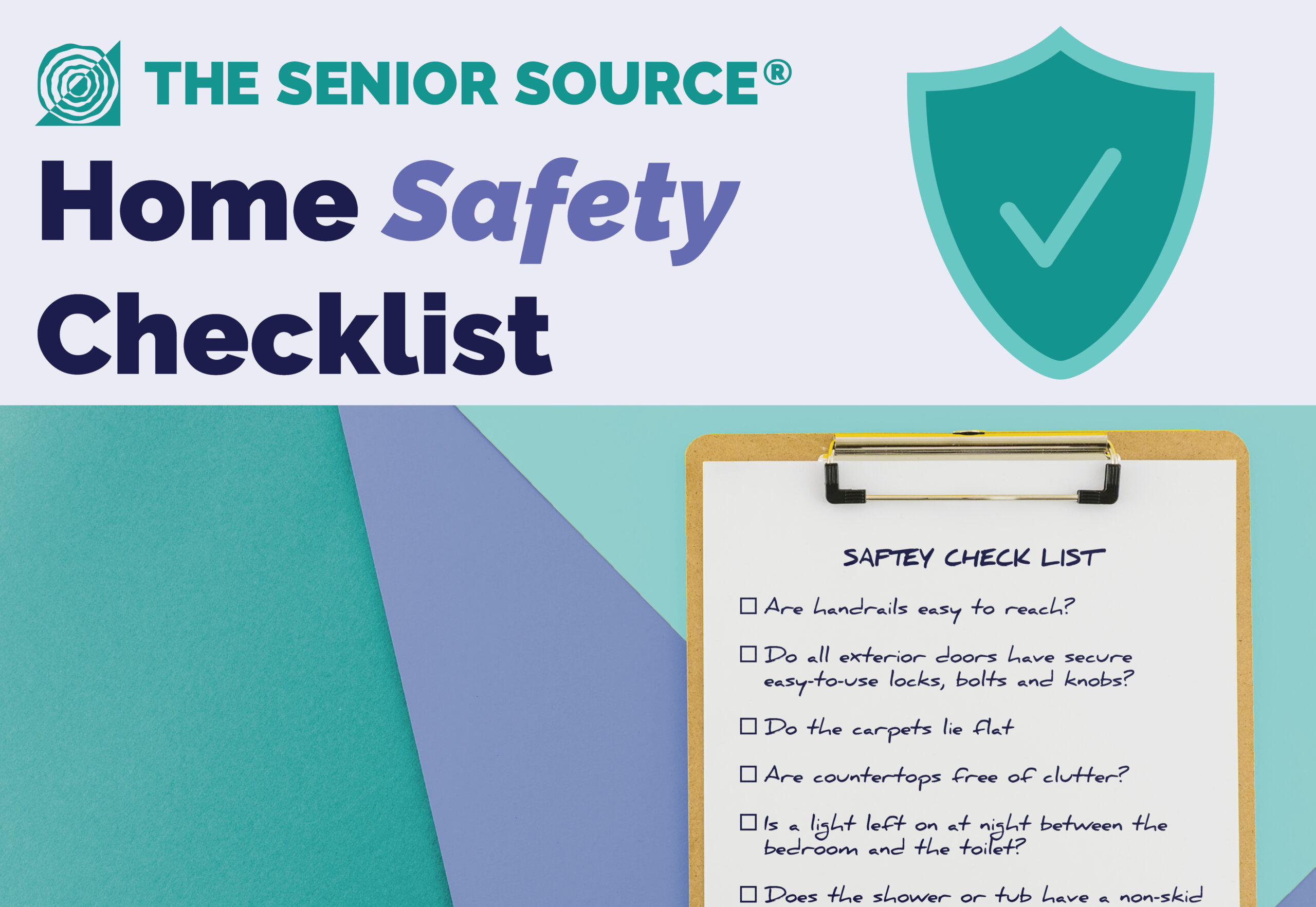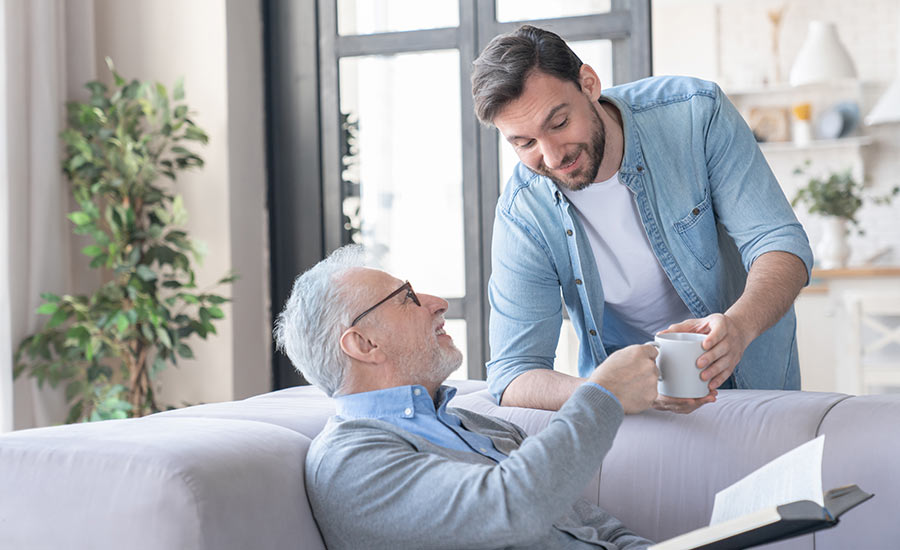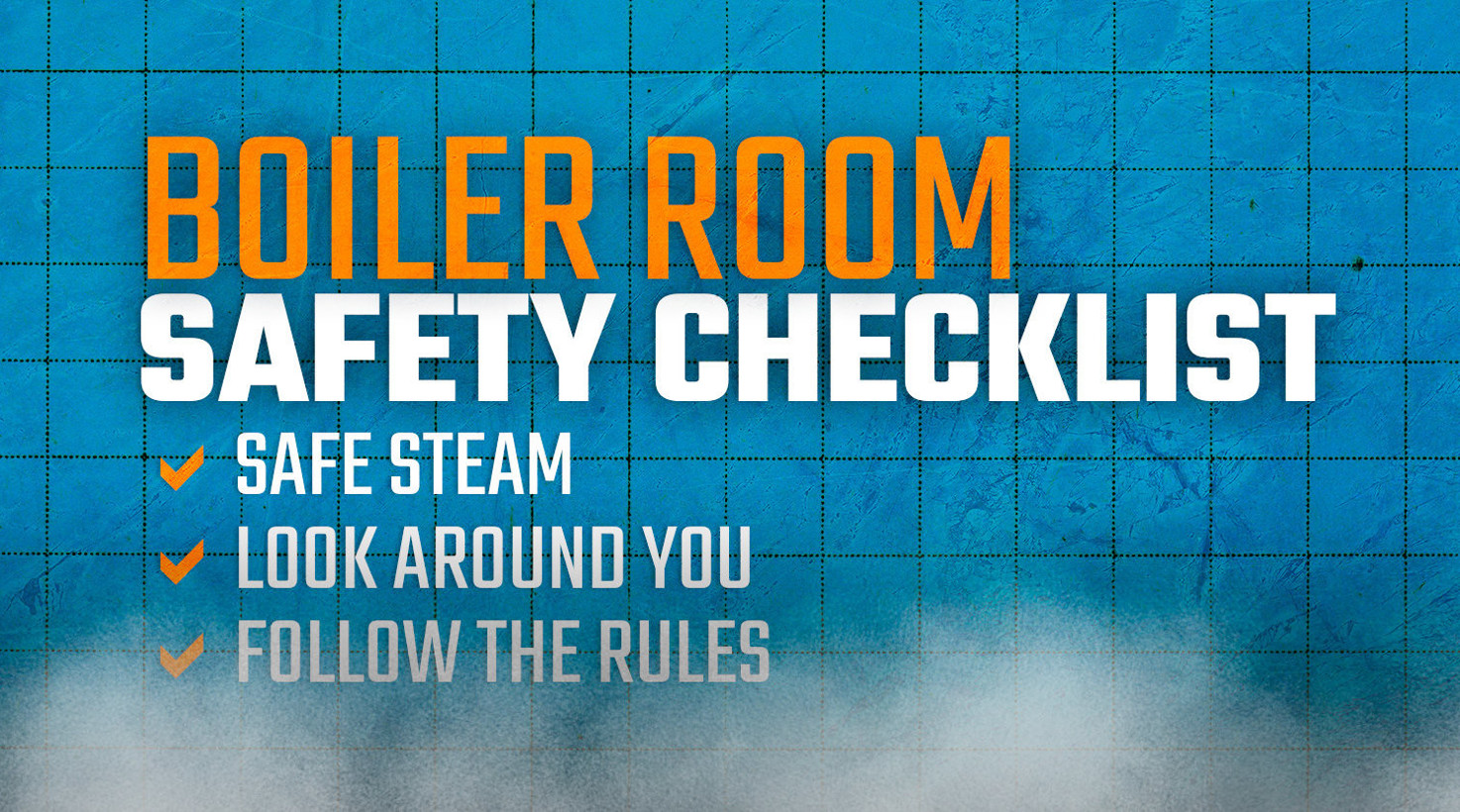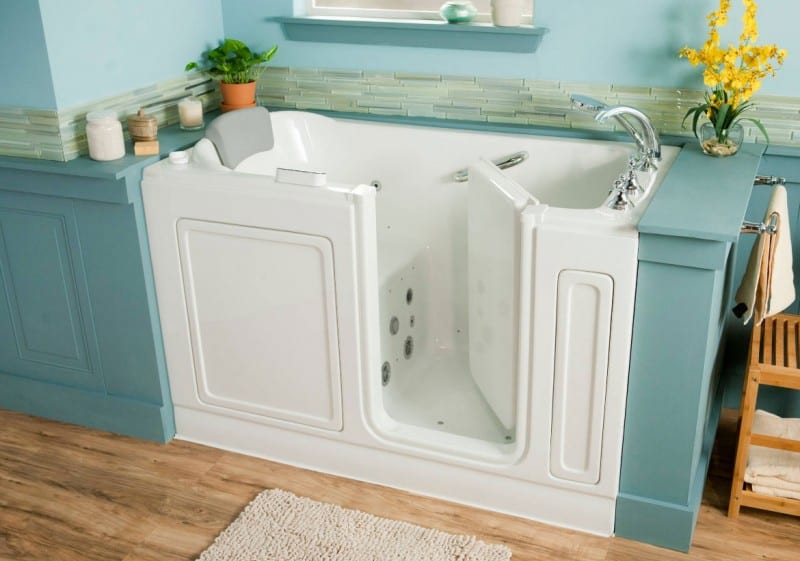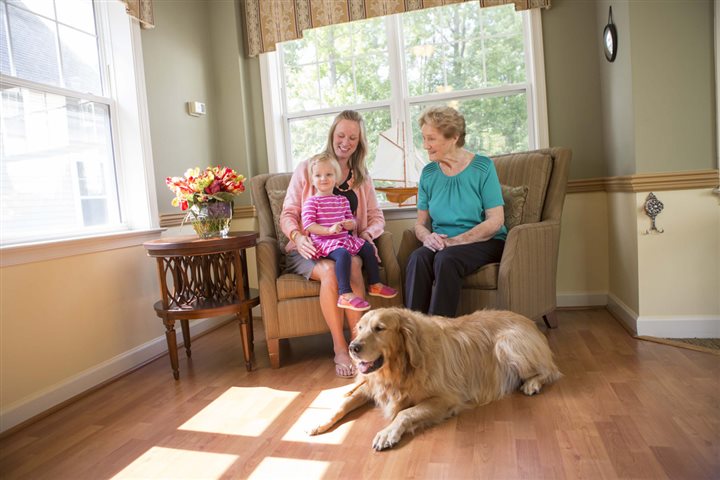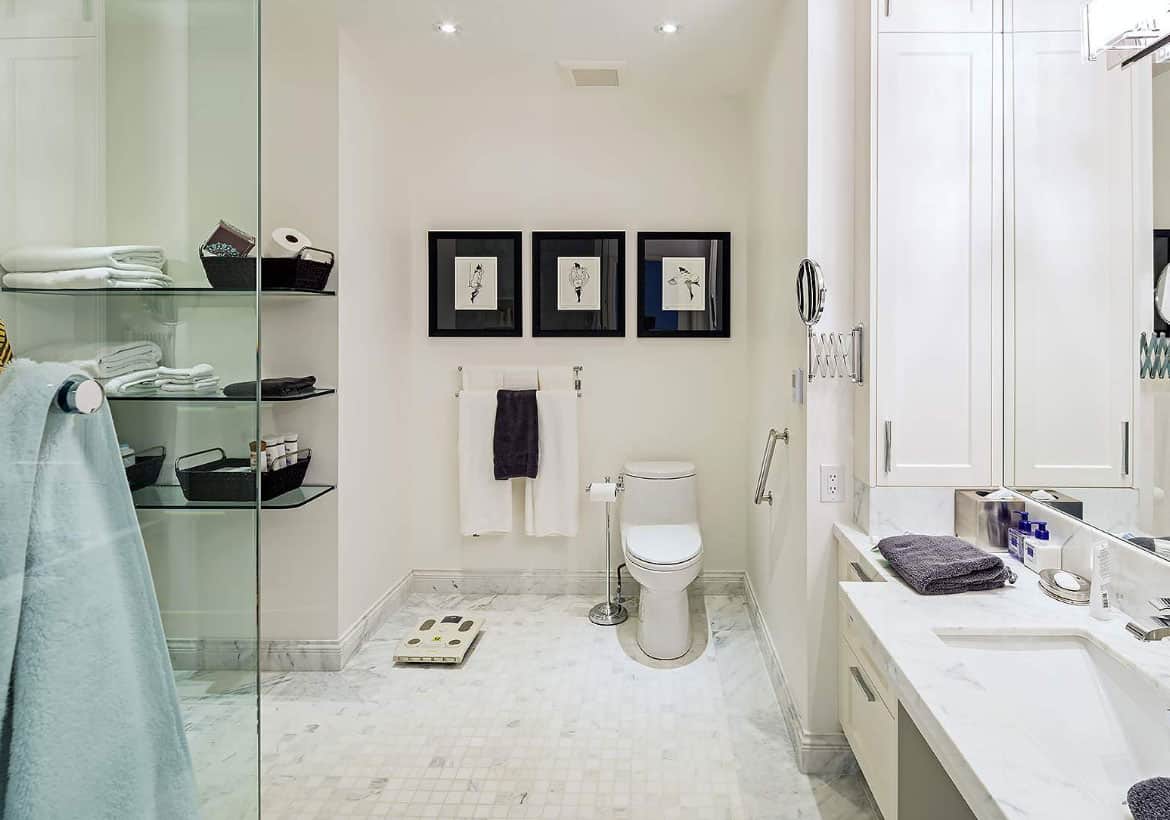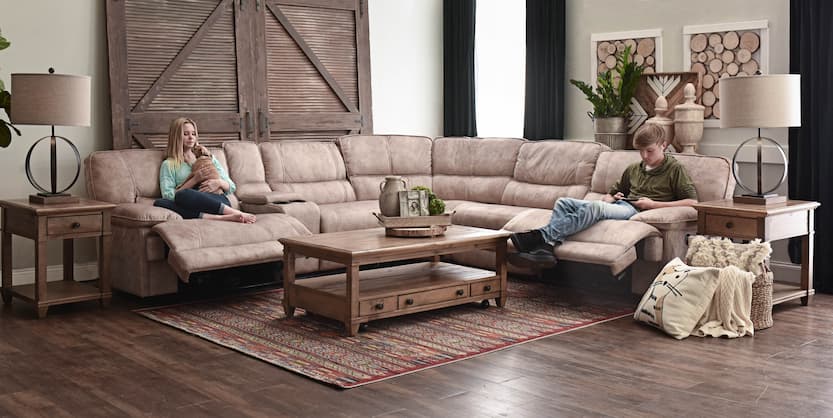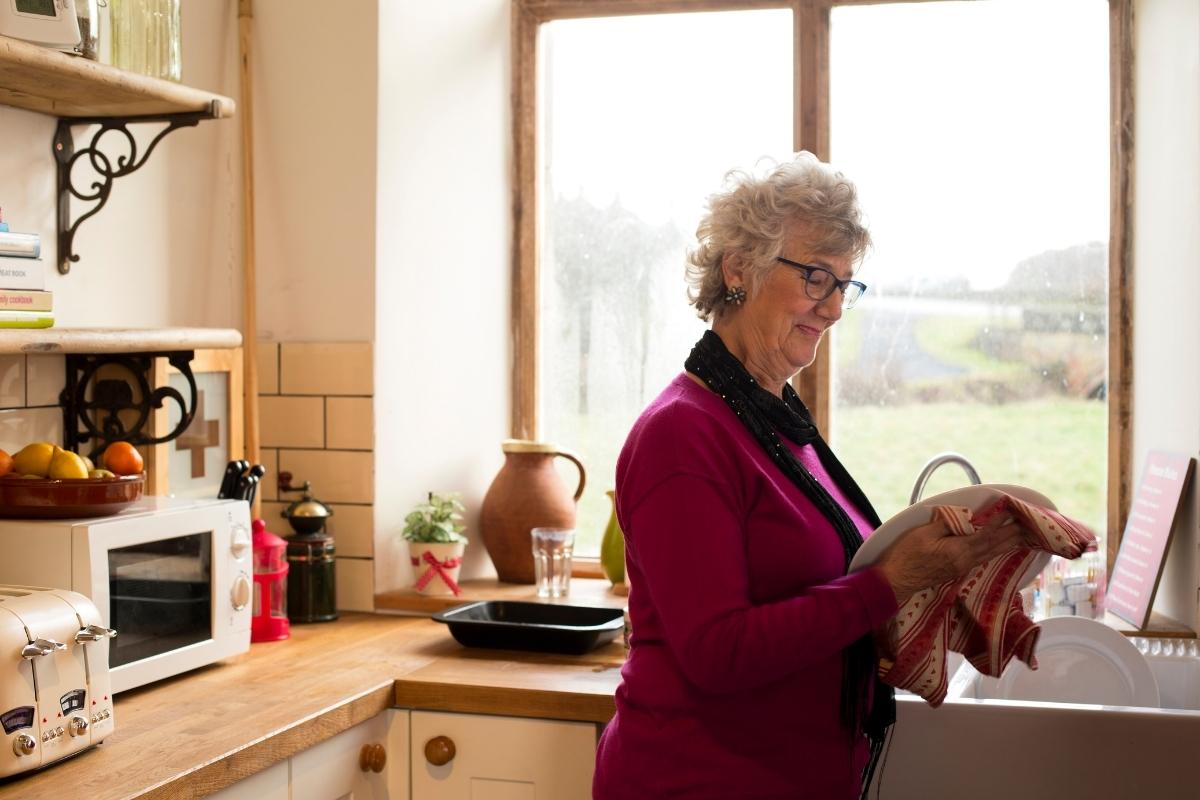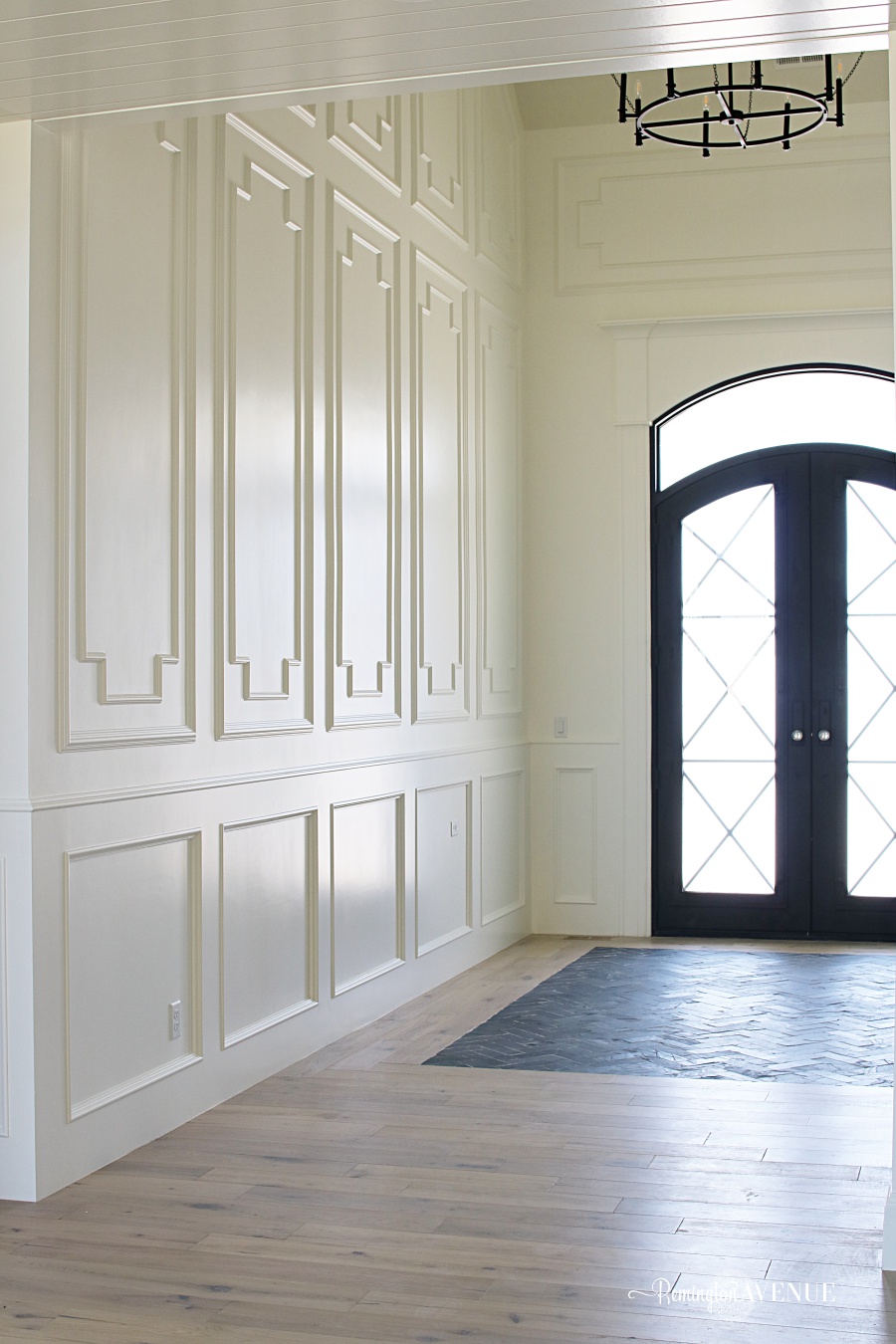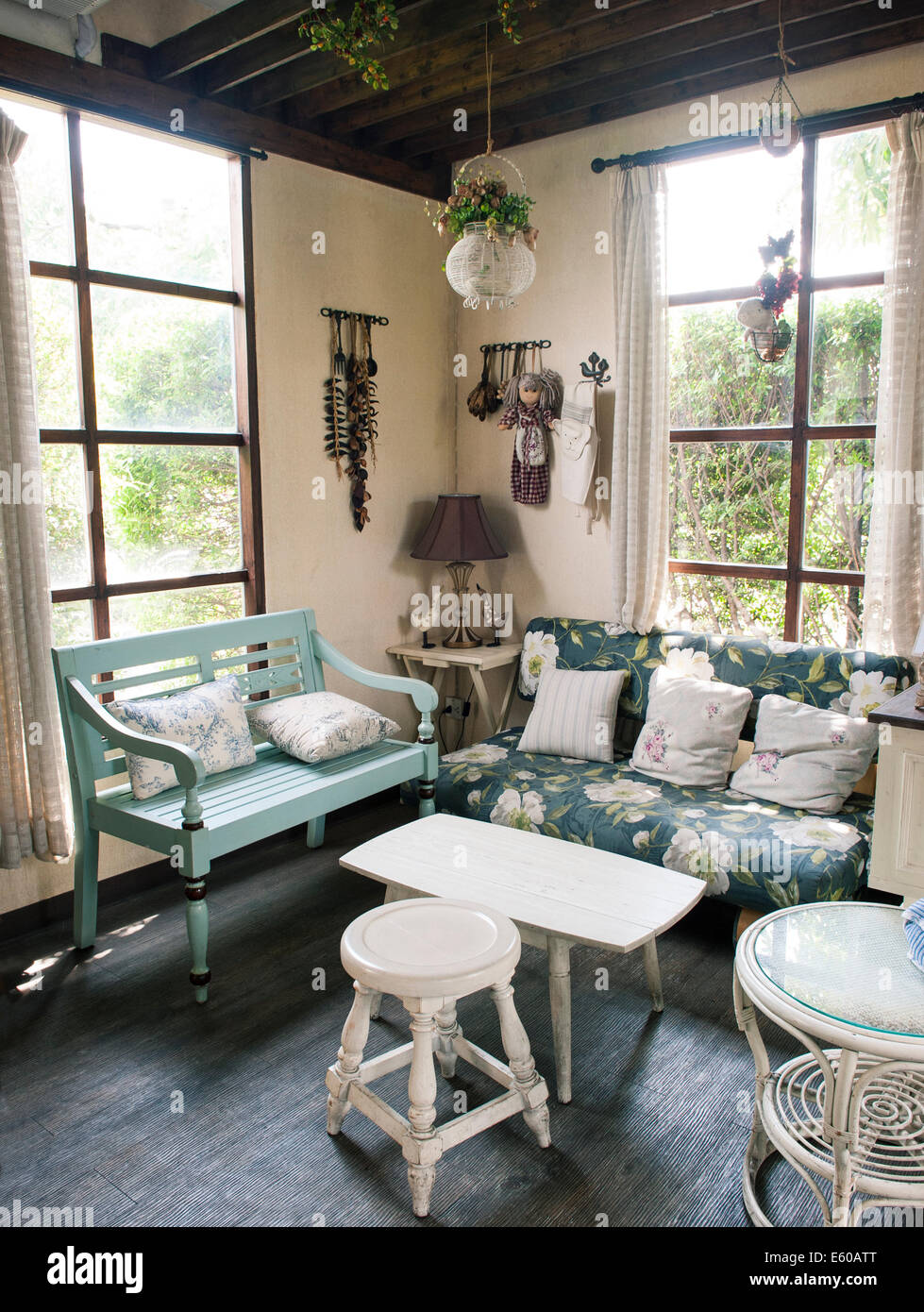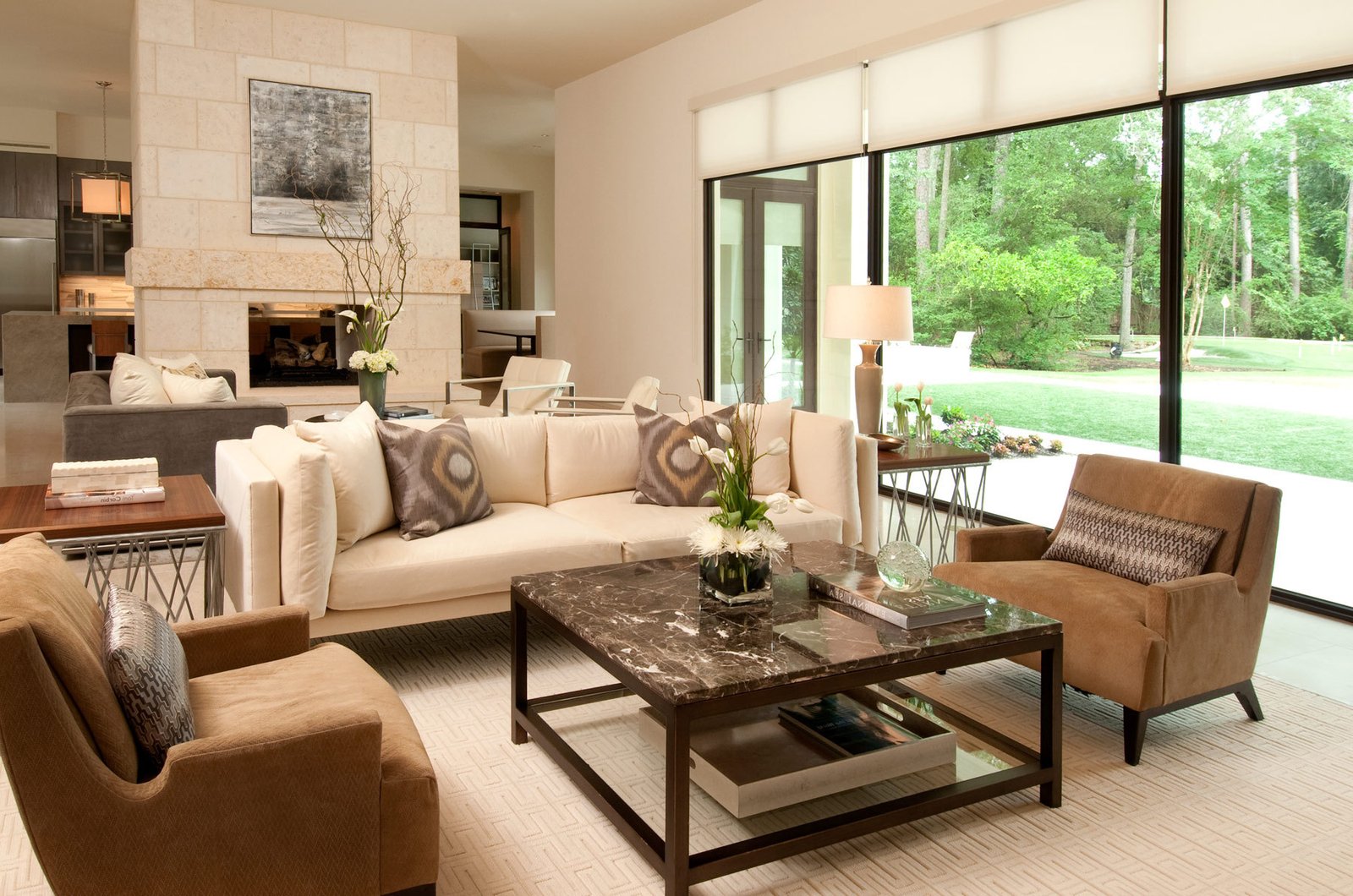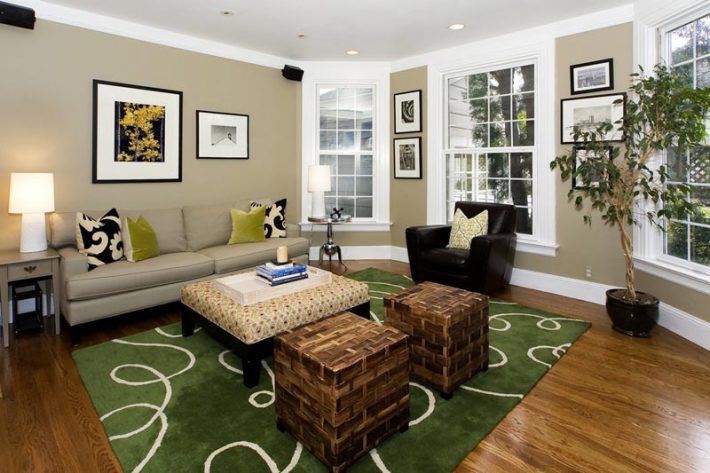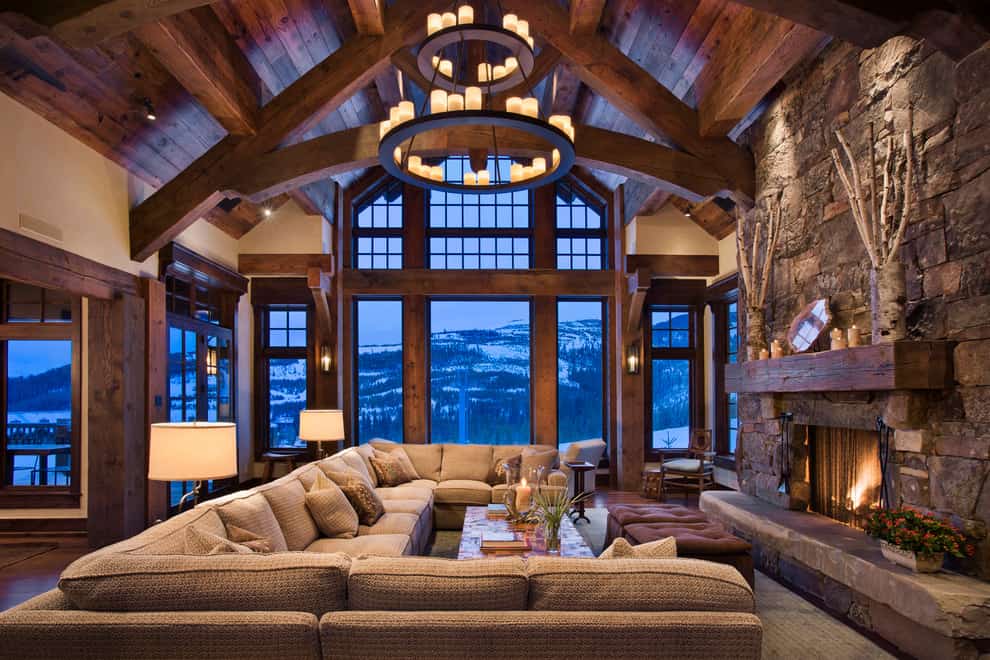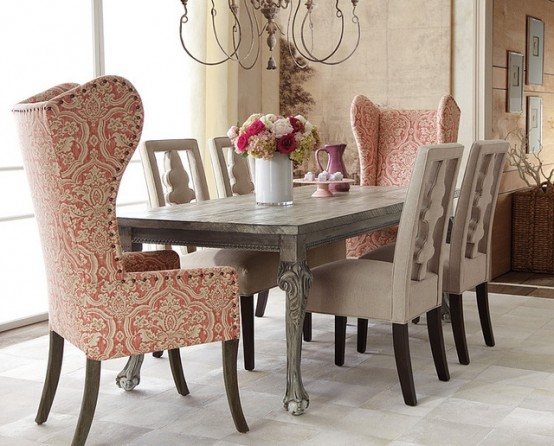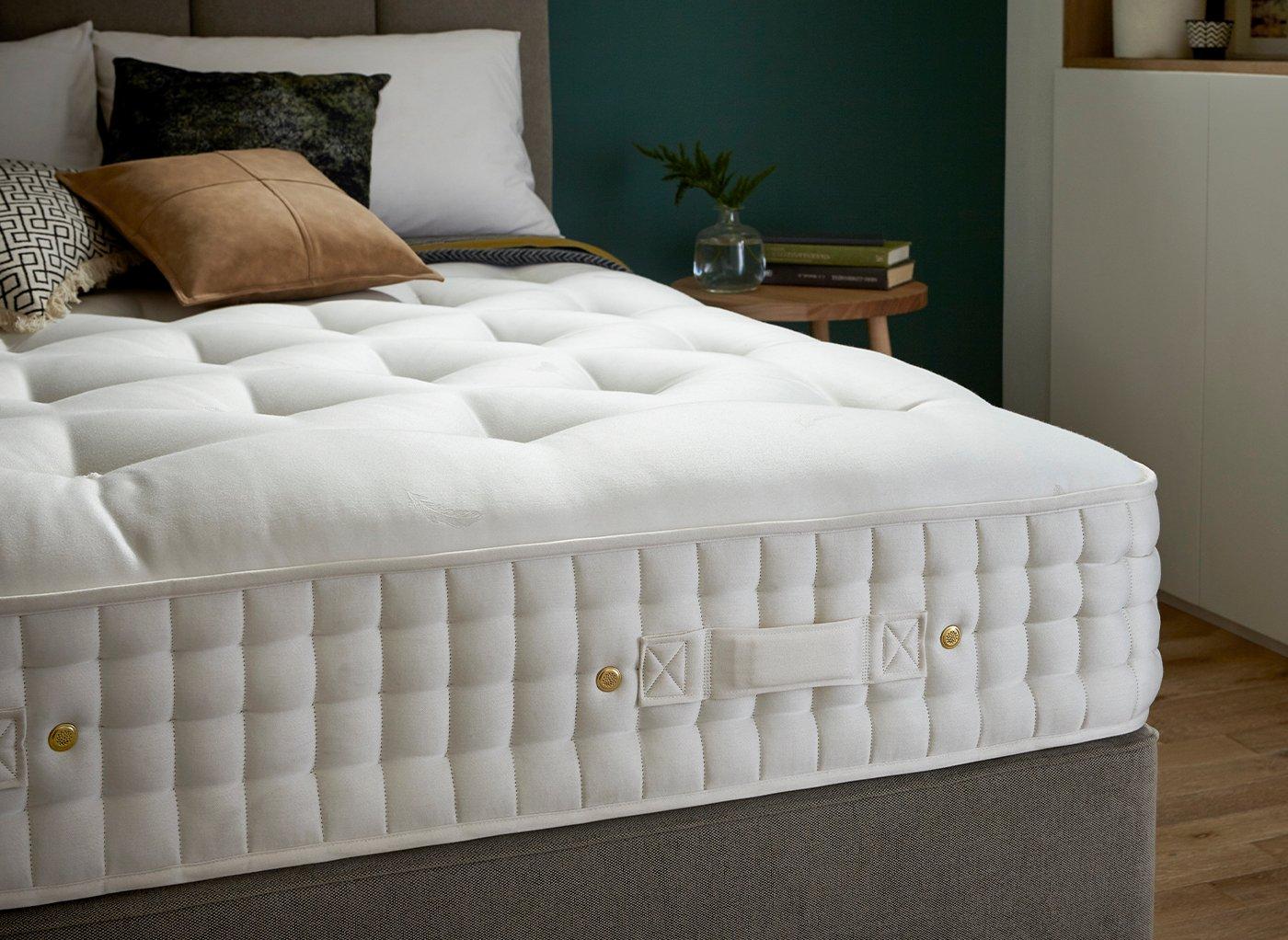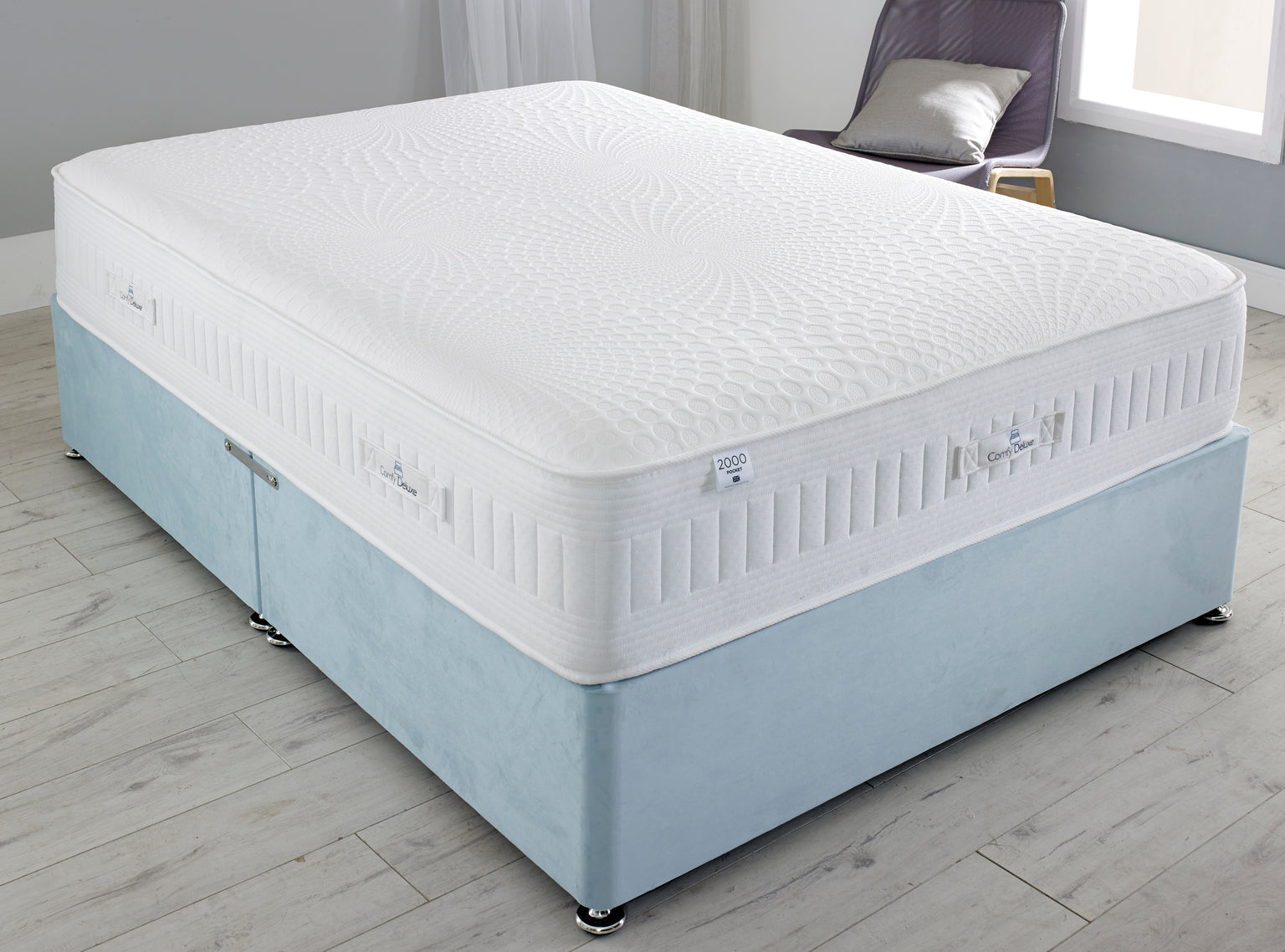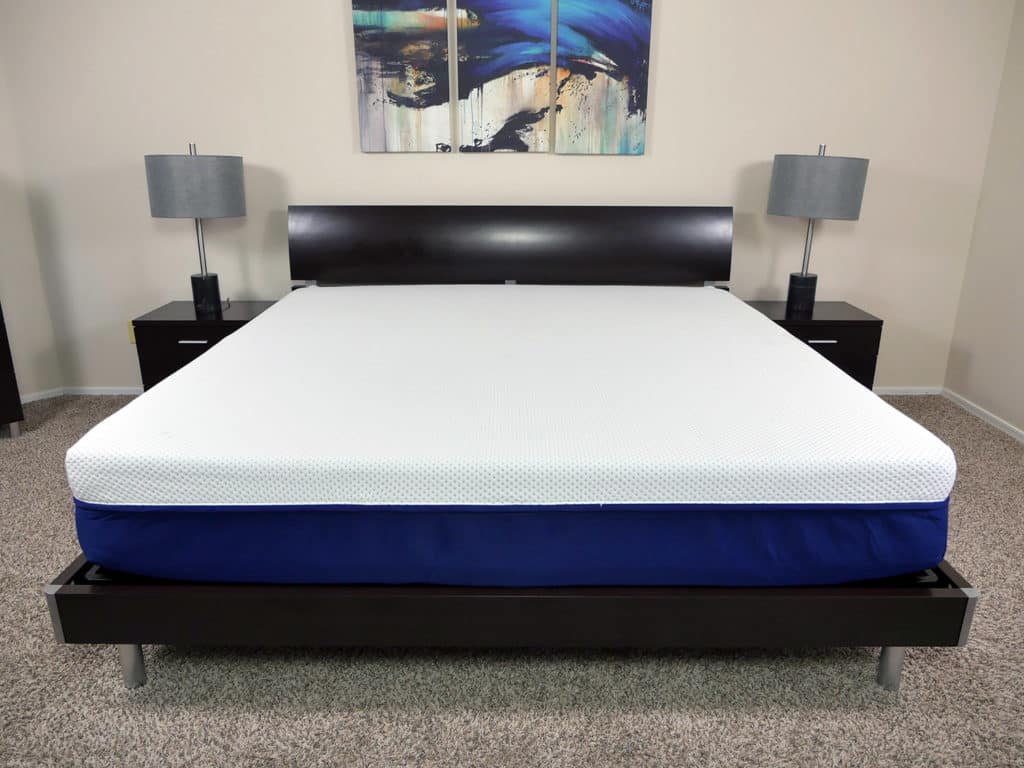As we age, the risk of accidents and injuries in our homes increases. This is especially true for the living room, where we spend a significant amount of time. For seniors, it is important to create a safe and accessible living room to prevent falls and promote independence. Here are 10 essential safety tips for making your living room senior-friendly.Senior-Friendly Living Room Safety Tips
1. Install grab bars near the entrance and exits of your living room. These can provide support and stability for seniors when entering or leaving the room. 2. Ensure that all pathways in the living room are clear of clutter and obstacles. This will reduce the risk of tripping and falling. 3. Use non-slip rugs or secure rugs with double-sided tape to prevent them from shifting. This will help prevent slips and falls on slippery flooring. 4. Place non-slip mats in front of chairs and sofas to provide extra stability when getting up and sitting down. 5. Make sure all furniture is sturdy and stable. Seniors may use furniture for support when moving around the room, so it is important that it is secure. 6. Invest in a recliner or lift chair for seniors with mobility issues. These types of chairs can make it easier for them to get in and out of seating positions. 7. Install bright lighting in the living room to improve visibility and reduce the risk of trips and falls. Use LED bulbs for energy efficiency and long-lasting lighting. 8. Consider adding a remote control for the lights and other electronics in the living room. This will make it easier for seniors to adjust the lighting without having to get up and move around. 9. Use cordless blinds or curtains to prevent seniors from tripping over cords. If cords are necessary, make sure they are secured and out of the way. 10. Keep a phone or medical alert device close by in case of emergencies. This will provide peace of mind for both seniors and their loved ones.How to Make Your Living Room Safe for Seniors
It is important to involve your elderly loved ones in the process of making their living room safe and accessible. Discuss any concerns or limitations they may have and work together to implement these safety tips. This will also help them feel more independent and in control of their living environment.Creating a Safe Living Room for Elderly Loved Ones
Aside from the physical aspects of the living room, there are also safety features that can be added to make it more senior-friendly. These include: - Smoke detectors and carbon monoxide detectors: These should be installed in every living room to alert seniors of potential hazards. - Fire extinguisher: Keep a fire extinguisher in an easily accessible location in case of a fire. - Emergency contact list: Have a list of emergency contacts, including your elderly loved one's doctor and family members, posted in the living room. - First aid kit: Keep a fully stocked first aid kit in the living room in case of minor injuries.Essential Safety Features for Senior-Friendly Living Rooms
Falls are a leading cause of injuries among seniors, and the living room is a common area for falls to occur. To prevent falls in the living room, consider these tips: - Use contrasting colors for furniture and flooring to improve visibility and depth perception for seniors with poor eyesight. - Keep the living room well-lit and use nightlights for seniors who may get up in the middle of the night. - Place slip-resistant treads on stairs and secure handrails for extra support. - Encourage the use of mobility aids, such as canes or walkers, if needed.Preventing Falls in the Living Room for Seniors
Many seniors wish to age in place, meaning they want to remain in their own homes as they age. Adapting the living room to suit their changing needs is essential for this to be possible. Some additional modifications to consider include: - A ramp or lift for seniors who use a wheelchair or have difficulty with stairs. - Lowering or removing furniture to make it easier for seniors to navigate the room. - Adding a phone charging station to keep devices accessible and charged at all times.Adapting Your Living Room for Aging in Place
To ensure that your living room is as safe as possible for seniors, use this checklist: - Are pathways clear of clutter and tripping hazards? - Are all rugs secure and non-slip? - Is furniture sturdy and stable? - Are there grab bars installed for support? - Is the lighting bright and easy to adjust? - Are there any cords or wires that could cause trips or falls? - Are there smoke detectors, carbon monoxide detectors, and a fire extinguisher in the living room?Senior Living Room Safety Checklist
When designing a living room for seniors, it is important to keep their safety and comfort in mind. Consider the following tips: - Choose furniture with firm, supportive cushions to help with mobility and comfort. - Avoid furniture with sharp edges or corners. - Use furniture with armrests to provide extra support when getting up and sitting down. - Keep frequently used items within reach to avoid the need for seniors to stand or reach for them.Designing a Safe and Accessible Living Room for Seniors
When selecting furniture for a senior-friendly living room, keep these things in mind: - Look for furniture with a high seat height to make it easier for seniors to get up and sit down. - Choose chairs and sofas with armrests for extra support. - Avoid furniture with wheels or casters, as they can be unstable for seniors. - Consider furniture with built-in storage to reduce clutter and trip hazards.How to Choose Senior-Friendly Furniture for Your Living Room
For seniors with dementia, additional safety measures may be necessary. Consider these tips: - Remove or lock up any potentially hazardous items, such as cleaning products or sharp objects. - Use simple and familiar furniture to prevent confusion and disorientation. - Avoid patterns or busy designs on furniture and rugs, as they can be confusing for seniors with dementia. - Keep photographs and other sentimental items in the living room to provide a sense of familiarity and comfort. By following these tips, you can create a safe and comfortable living room for seniors to enjoy. Remember to regularly check for any potential safety hazards and make adjustments as needed. With a few modifications, the living room can be a safe and welcoming space for seniors to relax and spend time with loved ones.Creating a Safe and Comfortable Living Room for Seniors with Dementia
Additional Measures for Living Room Safety for Seniors

Ensuring proper lighting
 In addition to the tips mentioned in the previous section, another important aspect of living room safety for seniors is ensuring proper lighting. As we age, our eyesight tends to deteriorate, making it difficult to see clearly in dimly lit areas. Therefore, it is crucial to have adequate lighting in the living room to prevent accidents and falls.
Bright and well-placed lights
can make a significant difference in a senior's ability to navigate the living room safely.
In addition to the tips mentioned in the previous section, another important aspect of living room safety for seniors is ensuring proper lighting. As we age, our eyesight tends to deteriorate, making it difficult to see clearly in dimly lit areas. Therefore, it is crucial to have adequate lighting in the living room to prevent accidents and falls.
Bright and well-placed lights
can make a significant difference in a senior's ability to navigate the living room safely.
Removing tripping hazards
 Tripping hazards are one of the leading causes of falls and injuries for seniors in the living room.
Cluttered spaces and loose rugs
are common culprits that can easily be overlooked. It is essential to keep the living room tidy and free of unnecessary objects that can obstruct the walking path. Additionally, securing loose rugs with non-slip pads can prevent them from slipping underfoot and causing a fall.
Tripping hazards are one of the leading causes of falls and injuries for seniors in the living room.
Cluttered spaces and loose rugs
are common culprits that can easily be overlooked. It is essential to keep the living room tidy and free of unnecessary objects that can obstruct the walking path. Additionally, securing loose rugs with non-slip pads can prevent them from slipping underfoot and causing a fall.
Investing in furniture with safety features
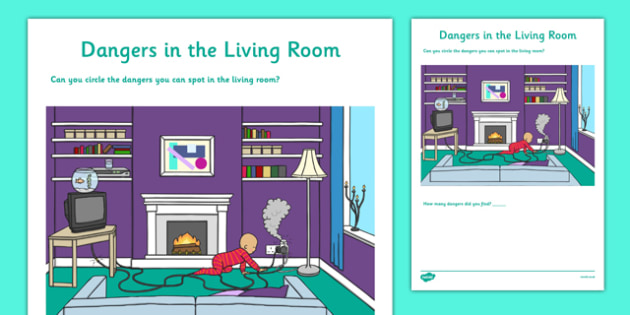 When choosing furniture for the living room, it is important to consider safety features that can benefit seniors.
Sturdy and stable furniture
with armrests can provide support for seniors when standing up or sitting down. Recliners with built-in footrests can also aid in reducing the risk of falls when getting up from a seated position. Furthermore, furniture with rounded edges can prevent injuries in case of accidental bumps or falls.
When choosing furniture for the living room, it is important to consider safety features that can benefit seniors.
Sturdy and stable furniture
with armrests can provide support for seniors when standing up or sitting down. Recliners with built-in footrests can also aid in reducing the risk of falls when getting up from a seated position. Furthermore, furniture with rounded edges can prevent injuries in case of accidental bumps or falls.
Regularly checking and maintaining electrical equipment
 Electrical equipment, such as televisions, lamps, and extension cords, can pose a safety hazard for seniors in the living room. It is crucial to
regularly check and maintain
these items to ensure they are in good working condition and do not pose a fire risk. Cords should be tucked away to prevent tripping, and any frayed wires should be replaced immediately. It is also essential to have smoke alarms and carbon monoxide detectors installed in the living room to provide added safety.
Electrical equipment, such as televisions, lamps, and extension cords, can pose a safety hazard for seniors in the living room. It is crucial to
regularly check and maintain
these items to ensure they are in good working condition and do not pose a fire risk. Cords should be tucked away to prevent tripping, and any frayed wires should be replaced immediately. It is also essential to have smoke alarms and carbon monoxide detectors installed in the living room to provide added safety.
Conclusion
 In conclusion, ensuring living room safety for seniors is crucial in preventing accidents and injuries. By implementing the measures mentioned above, seniors can enjoy their living room with peace of mind, knowing that they are in a safe and secure environment. Remember to regularly assess the living room for potential hazards and make necessary adjustments to further improve the safety of your loved ones.
In conclusion, ensuring living room safety for seniors is crucial in preventing accidents and injuries. By implementing the measures mentioned above, seniors can enjoy their living room with peace of mind, knowing that they are in a safe and secure environment. Remember to regularly assess the living room for potential hazards and make necessary adjustments to further improve the safety of your loved ones.


